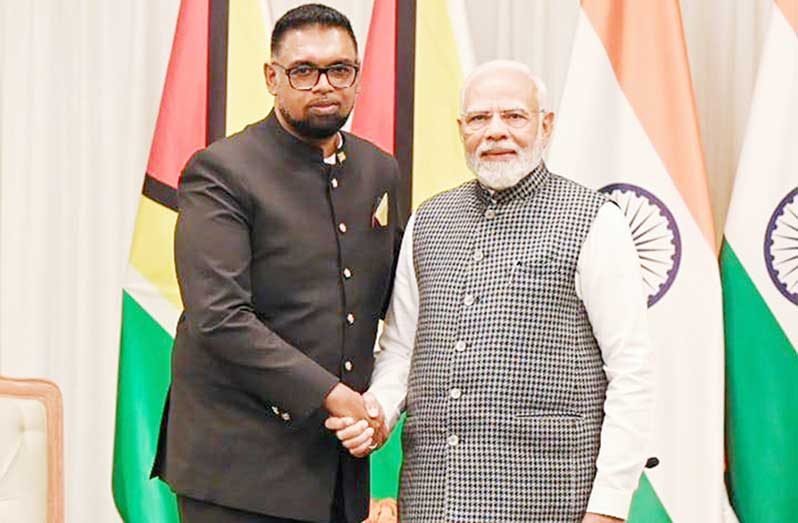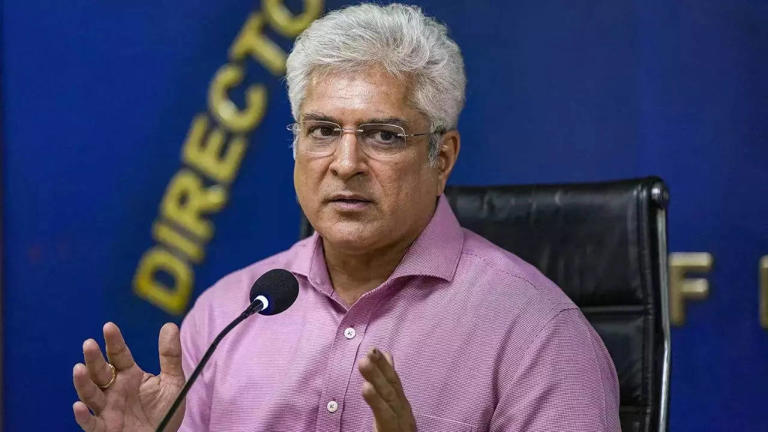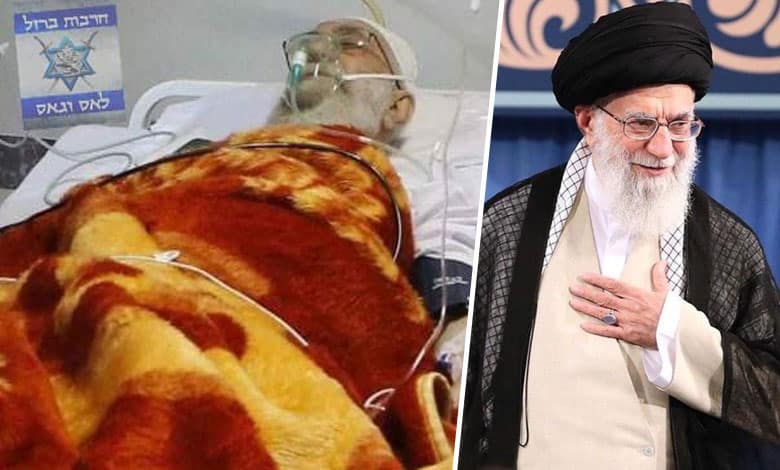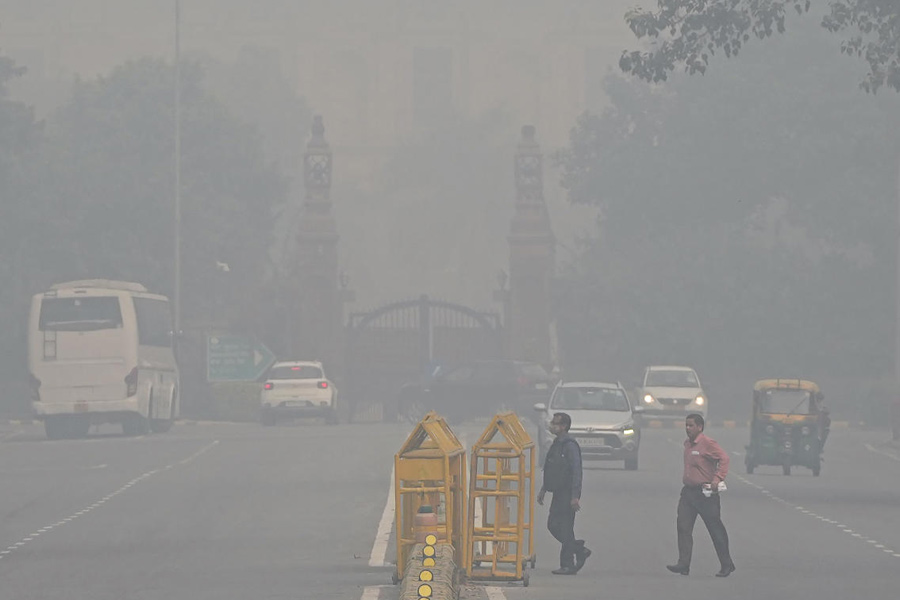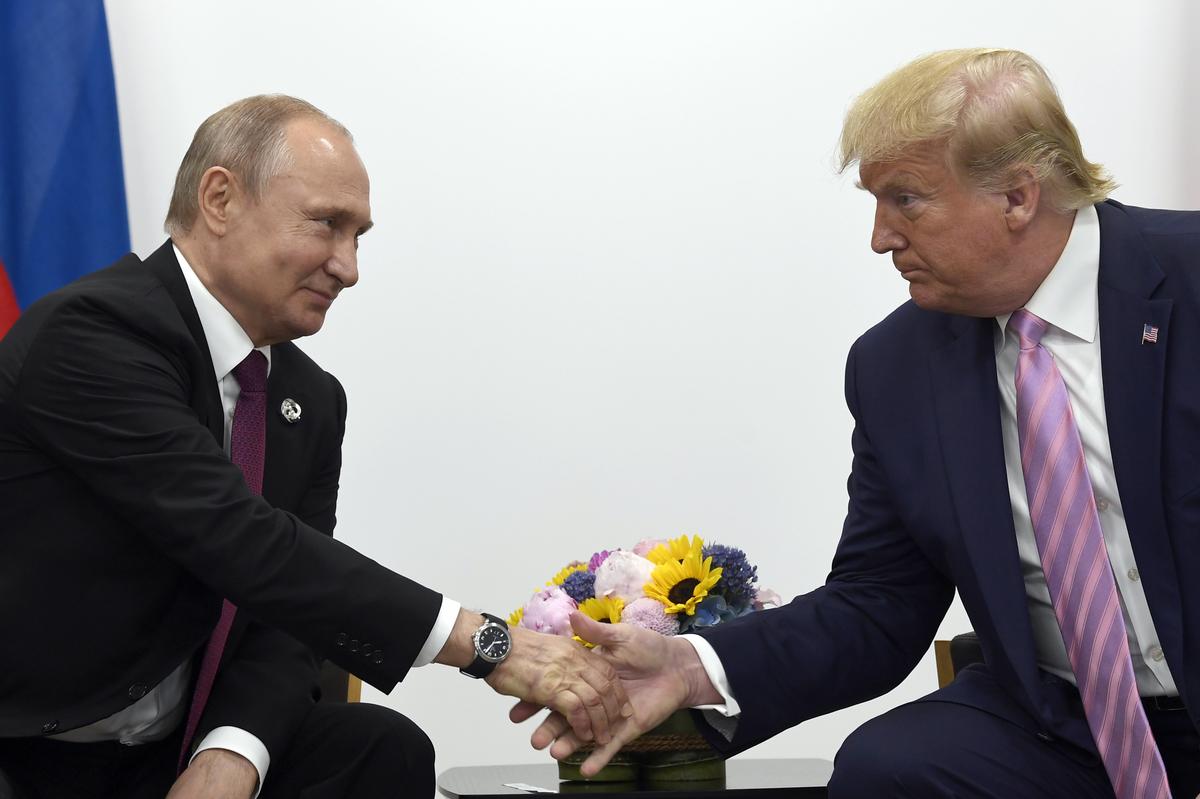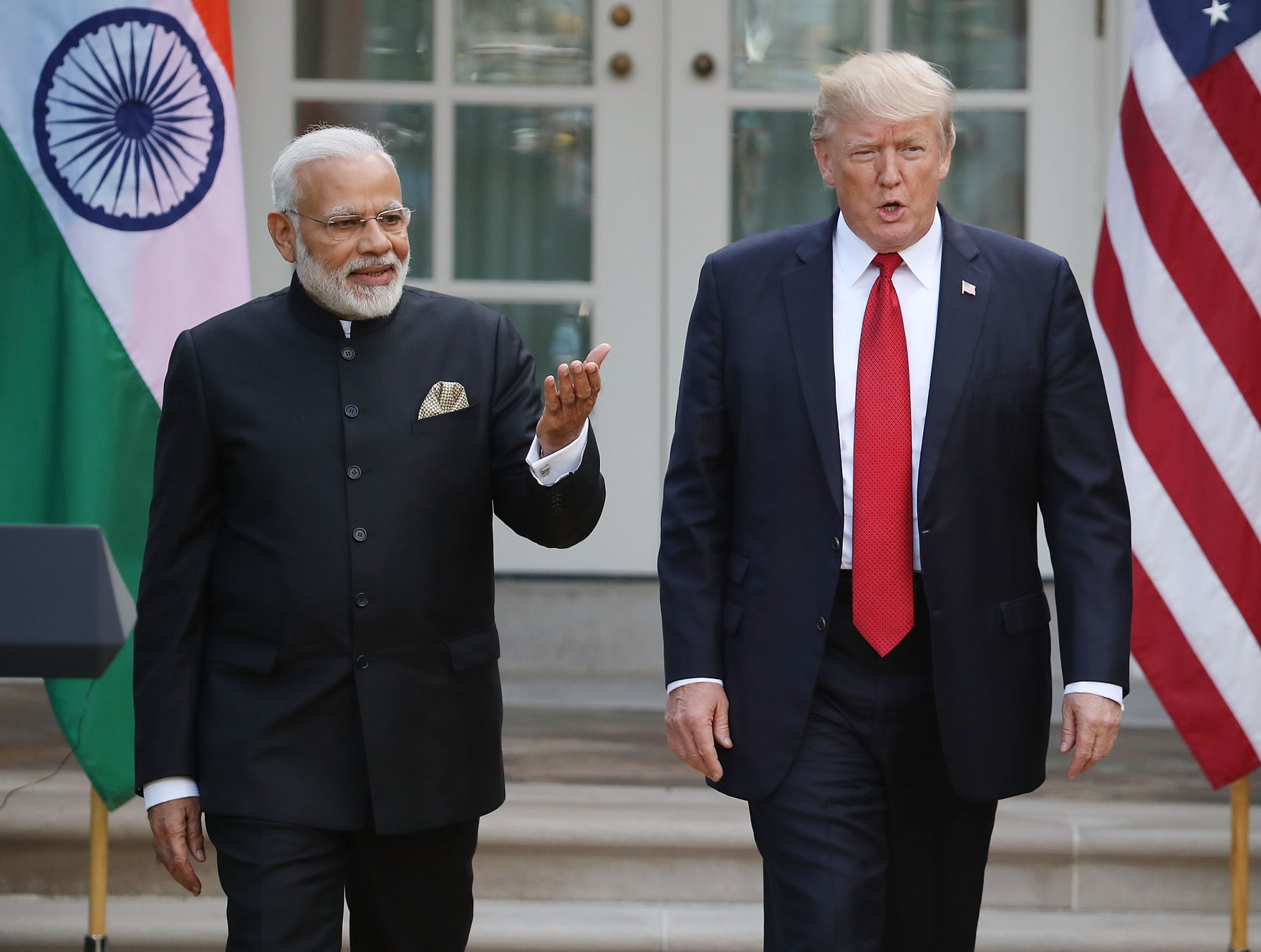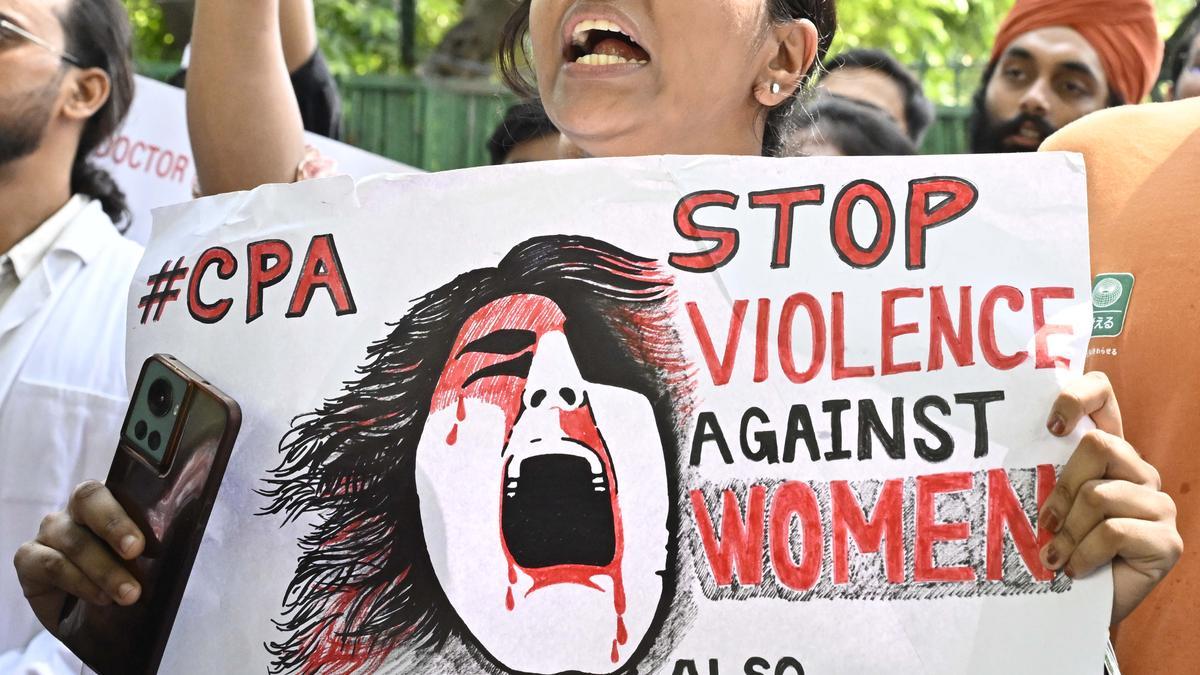Home / trending / Pahalgam Terror Attack: NIA Fears Militants Still Hiding in Dense South Kashmir Forests, Manhunt Intensifies
Pahalgam Terror Attack: NIA Fears Militants Still Hiding in Dense South Kashmir Forests, Manhunt Intensifies
By: My India Times
6 minutes read 27Updated At: 2025-05-01

More than a week after the horrific Pahalgam terror attack that shook the nation, security agencies are continuing a massive search operation across South Kashmir. According to sources in the National Investigation Agency (NIA), intelligence inputs suggest that some of the militants responsible for the massacre may still be hiding in the thick, forested terrains of the region. The heavily wooded areas of South Kashmir, known for their treacherous terrain and limited accessibility, are believed to be offering shelter to the remaining attackers.
Operatives May Still Be in the Region
Sources within the NIA have revealed that while some of the attackers may have fled the area, at least two or three are suspected to have stayed behind. These militants are believed to be well-prepared, carrying ample food supplies and survival gear that would allow them to remain hidden for extended periods. Officials state that the terrorists might have split up after the attack to evade capture, with some acting as rear guards during the assault to provide cover in case security forces responded swiftly.
“It appears they had a well-devised exit strategy. Some members of the group possibly lingered in the nearby forested area, acting as a support team for those directly involved in the shooting,” an NIA official said on the condition of anonymity. These remaining operatives are now the primary focus of the ongoing combing operations in the forests surrounding Pahalgam and other parts of South Kashmir.
Advanced Communication Systems Used by Militants
Another disturbing revelation from the ongoing investigation is the use of advanced, ultra-secure communication technology by the terrorists. Reports suggest that the attackers employed a short-range encrypted messaging system that does not rely on traditional SIM-based networks. This method makes it extremely difficult for intelligence agencies to intercept messages or pinpoint locations in real-time.
“The system they used is typically seen in highly trained and organized terror modules,” said a senior counter-terrorism expert. “It’s concerning because it shows a level of sophistication we haven’t seen in local terror outfits in a while.”
Security agencies are now working closely with cyber-intelligence units to decode any traces of communication that may have occurred before or after the attack. Officials are also not ruling out the possibility of external handlers guiding the attackers through satellite or encrypted shortwave transmissions.
How the Pahalgam Attack Unfolded: Eyewitness Horror
Eyewitness accounts collected by investigative teams have painted a grim and deeply disturbing picture of the Pahalgam massacre, which occurred on April 22. The attack took place at Baisaran meadow—popularly referred to as 'mini Switzerland' for its lush landscapes and scenic beauty. The area was bustling with tourists and local vendors when the attackers struck.
According to multiple survivor statements, four terrorists were involved in the ambush. Two reportedly entered through the main gate, while a third positioned himself at the rear exit to block any escape. A fourth terrorist is believed to have stood guard, possibly coordinating with the others through the encrypted communication device.
In a calculated and horrifying move, the attackers attempted to segregate the crowd along religious and gender lines. Survivors said that they were ordered to separate into different groups—men from women, and Hindus from Muslims. However, when the crowd resisted the instruction and refused to divide, the militants became agitated.
“They asked people to recite the Kalma—the Islamic declaration of faith. Some did, out of fear, but others refused. Then they just opened fire without mercy,” said one survivor, still shaken from the experience.
The indiscriminate firing resulted in numerous casualties, with several people critically injured. Children, elderly tourists, and women were among the victims, making the attack one of the most brutal acts of terror in the region in recent times.
Political and Public Reaction
The attack has drawn widespread condemnation across the country. Political leaders, civil society members, and religious figures have united in denouncing the act. Prime Minister Narendra Modi called the attack “an unforgivable act of cowardice,” while Home Minister Amit Shah vowed that justice would be served and those behind the attack would be hunted down.
Protests and candlelight vigils have been held in various parts of the country to honor the victims. In Jammu, Delhi, and Mumbai, people took to the streets demanding a strong response from the government and more robust security measures in tourist regions like Pahalgam.
Manhunt Underway in Forested Areas
Security forces, including elite units of the Indian Army, paramilitary forces, and J&K Police, are currently combing through forests in Anantnag, Shopian, and Pulwama districts. Drones, thermal imaging equipment, and trained sniffer dogs are being deployed to track down the remaining militants. Special operations groups have been formed to move swiftly based on new intelligence.
A senior army official said, “The operation is being conducted with extreme caution due to the possibility of booby traps or ambushes. These forests offer natural cover and visibility is limited, but we are committed to flushing them out.”
Possible Links to Larger Networks
Initial findings also indicate that the militants may not be lone wolves but part of a larger, organized network. The level of planning, the type of weapons used, and the high-tech communication system all point toward external support. The NIA is probing whether any cross-border terrorist outfits like Lashkar-e-Taiba or Jaish-e-Mohammed were involved in orchestrating the strike.
Officials are also scanning recent cross-border infiltration data to see if these terrorists may have entered India from Pakistan-occupied Kashmir (PoK). Intelligence units are monitoring communications in known sleeper cell regions and investigating whether any locals helped the attackers with logistics or information.
Safety of Tourists a Priority
In the wake of the attack, local authorities have ramped up security in all major tourist areas of Kashmir, particularly in Pahalgam, Gulmarg, and Sonamarg. Roadblocks, ID checks, and armed patrols have become routine. Helicopter surveillance has also been increased over forested regions.
Tourism officials are urging visitors to follow guidelines and avoid venturing into remote areas without authorized guides. While footfall has dropped since the incident, many tourists continue to visit, showing solidarity with the region and its people.
A Region in Mourning
The people of Pahalgam, who heavily rely on tourism for their livelihoods, are in mourning. Local vendors, pony handlers, and hotel owners expressed shock at the brutality of the attack. “We have always welcomed tourists with open arms. We never imagined something like this could happen here,” said a local hotel owner.
As the investigation progresses, the central question remains: who were these attackers, and how did they manage to pull off such a coordinated strike in a tourist-heavy region without early detection?
The answers to those questions may take time, but one thing is clear—South Kashmir remains on high alert, and the hunt for the remaining terrorists is far from over.
....More than a week after the horrific Pahalgam terror attack that shook the nation, security agencies are continuing a massive search operation across South Kashmir. According to sources in the National Investigation Agency (NIA), intelligence inputs suggest that some of the militants responsible for the massacre may still be hiding in the thick, forested terrains of the region. The heavily wooded areas of South Kashmir, known for their treacherous terrain and limited accessibility, are believed to be offering shelter to the remaining attackers.
Operatives May Still Be in the Region
Sources within the NIA have revealed that while some of the attackers may have fled the area, at least two or three are suspected to have stayed behind. These militants are believed to be well-prepared, carrying ample food supplies and survival gear that would allow them to remain hidden for extended periods. Officials state that the terrorists might have split up after the attack to evade capture, with some acting as rear guards during the assault to provide cover in case security forces responded swiftly.
“It appears they had a well-devised exit strategy. Some members of the group possibly lingered in the nearby forested area, acting as a support team for those directly involved in the shooting,” an NIA official said on the condition of anonymity. These remaining operatives are now the primary focus of the ongoing combing operations in the forests surrounding Pahalgam and other parts of South Kashmir.
Advanced Communication Systems Used by Militants
Another disturbing revelation from the ongoing investigation is the use of advanced, ultra-secure communication technology by the terrorists. Reports suggest that the attackers employed a short-range encrypted messaging system that does not rely on traditional SIM-based networks. This method makes it extremely difficult for intelligence agencies to intercept messages or pinpoint locations in real-time.
“The system they used is typically seen in highly trained and organized terror modules,” said a senior counter-terrorism expert. “It’s concerning because it shows a level of sophistication we haven’t seen in local terror outfits in a while.”
Security agencies are now working closely with cyber-intelligence units to decode any traces of communication that may have occurred before or after the attack. Officials are also not ruling out the possibility of external handlers guiding the attackers through satellite or encrypted shortwave transmissions.
How the Pahalgam Attack Unfolded: Eyewitness Horror
Eyewitness accounts collected by investigative teams have painted a grim and deeply disturbing picture of the Pahalgam massacre, which occurred on April 22. The attack took place at Baisaran meadow—popularly referred to as 'mini Switzerland' for its lush landscapes and scenic beauty. The area was bustling with tourists and local vendors when the attackers struck.
According to multiple survivor statements, four terrorists were involved in the ambush. Two reportedly entered through the main gate, while a third positioned himself at the rear exit to block any escape. A fourth terrorist is believed to have stood guard, possibly coordinating with the others through the encrypted communication device.
In a calculated and horrifying move, the attackers attempted to segregate the crowd along religious and gender lines. Survivors said that they were ordered to separate into different groups—men from women, and Hindus from Muslims. However, when the crowd resisted the instruction and refused to divide, the militants became agitated.
“They asked people to recite the Kalma—the Islamic declaration of faith. Some did, out of fear, but others refused. Then they just opened fire without mercy,” said one survivor, still shaken from the experience.
The indiscriminate firing resulted in numerous casualties, with several people critically injured. Children, elderly tourists, and women were among the victims, making the attack one of the most brutal acts of terror in the region in recent times.
Political and Public Reaction
The attack has drawn widespread condemnation across the country. Political leaders, civil society members, and religious figures have united in denouncing the act. Prime Minister Narendra Modi called the attack “an unforgivable act of cowardice,” while Home Minister Amit Shah vowed that justice would be served and those behind the attack would be hunted down.
Protests and candlelight vigils have been held in various parts of the country to honor the victims. In Jammu, Delhi, and Mumbai, people took to the streets demanding a strong response from the government and more robust security measures in tourist regions like Pahalgam.
Manhunt Underway in Forested Areas
Security forces, including elite units of the Indian Army, paramilitary forces, and J&K Police, are currently combing through forests in Anantnag, Shopian, and Pulwama districts. Drones, thermal imaging equipment, and trained sniffer dogs are being deployed to track down the remaining militants. Special operations groups have been formed to move swiftly based on new intelligence.
A senior army official said, “The operation is being conducted with extreme caution due to the possibility of booby traps or ambushes. These forests offer natural cover and visibility is limited, but we are committed to flushing them out.”
Possible Links to Larger Networks
Initial findings also indicate that the militants may not be lone wolves but part of a larger, organized network. The level of planning, the type of weapons used, and the high-tech communication system all point toward external support. The NIA is probing whether any cross-border terrorist outfits like Lashkar-e-Taiba or Jaish-e-Mohammed were involved in orchestrating the strike.
Officials are also scanning recent cross-border infiltration data to see if these terrorists may have entered India from Pakistan-occupied Kashmir (PoK). Intelligence units are monitoring communications in known sleeper cell regions and investigating whether any locals helped the attackers with logistics or information.
Safety of Tourists a Priority
In the wake of the attack, local authorities have ramped up security in all major tourist areas of Kashmir, particularly in Pahalgam, Gulmarg, and Sonamarg. Roadblocks, ID checks, and armed patrols have become routine. Helicopter surveillance has also been increased over forested regions.
Tourism officials are urging visitors to follow guidelines and avoid venturing into remote areas without authorized guides. While footfall has dropped since the incident, many tourists continue to visit, showing solidarity with the region and its people.
A Region in Mourning
The people of Pahalgam, who heavily rely on tourism for their livelihoods, are in mourning. Local vendors, pony handlers, and hotel owners expressed shock at the brutality of the attack. “We have always welcomed tourists with open arms. We never imagined something like this could happen here,” said a local hotel owner.
As the investigation progresses, the central question remains: who were these attackers, and how did they manage to pull off such a coordinated strike in a tourist-heavy region without early detection?
The answers to those questions may take time, but one thing is clear—South Kashmir remains on high alert, and the hunt for the remaining terrorists is far from over.
By: My India Times
Updated At: 2025-05-01
Tags: trending News | My India Times News | Trending News | Travel News
Join our WhatsApp Channel

Similiar News
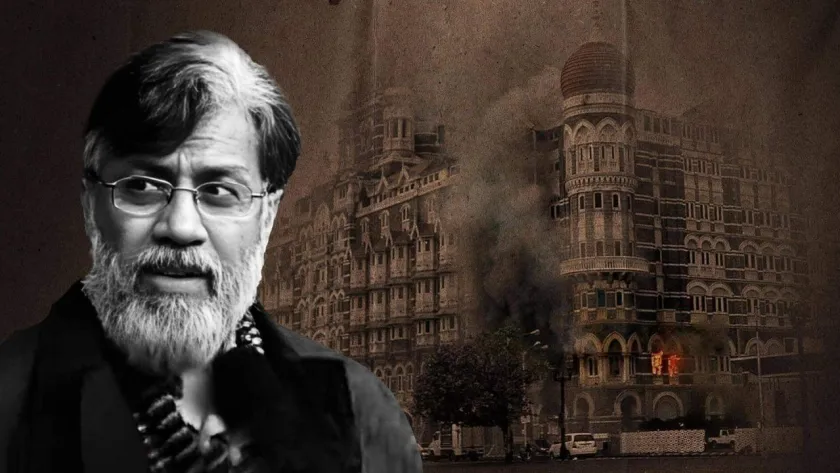
US Supreme Court Rejects 26/11 Accused Tahawwur Rana’s Plea to Block Extradition to India
2025-03-08
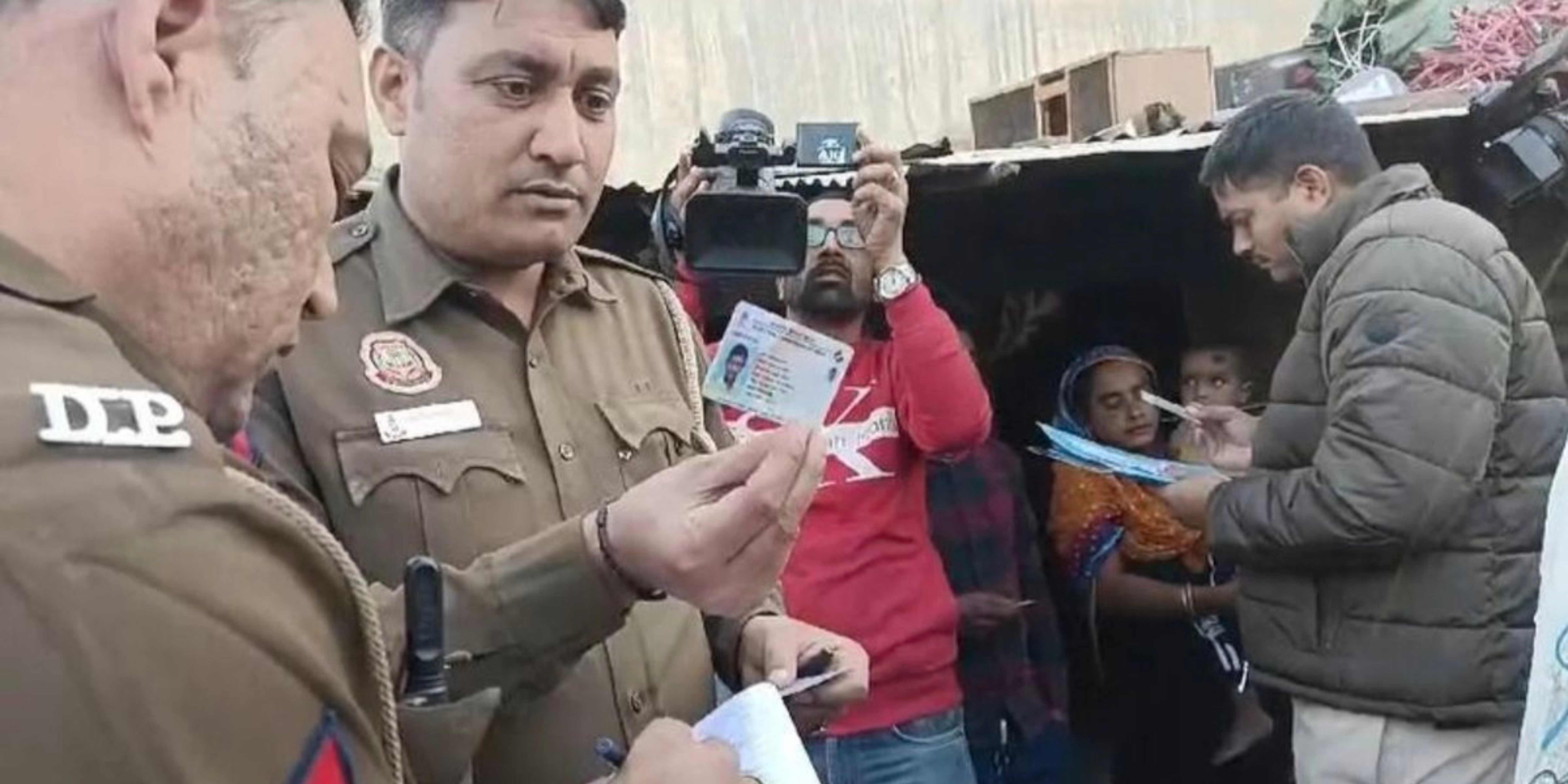





















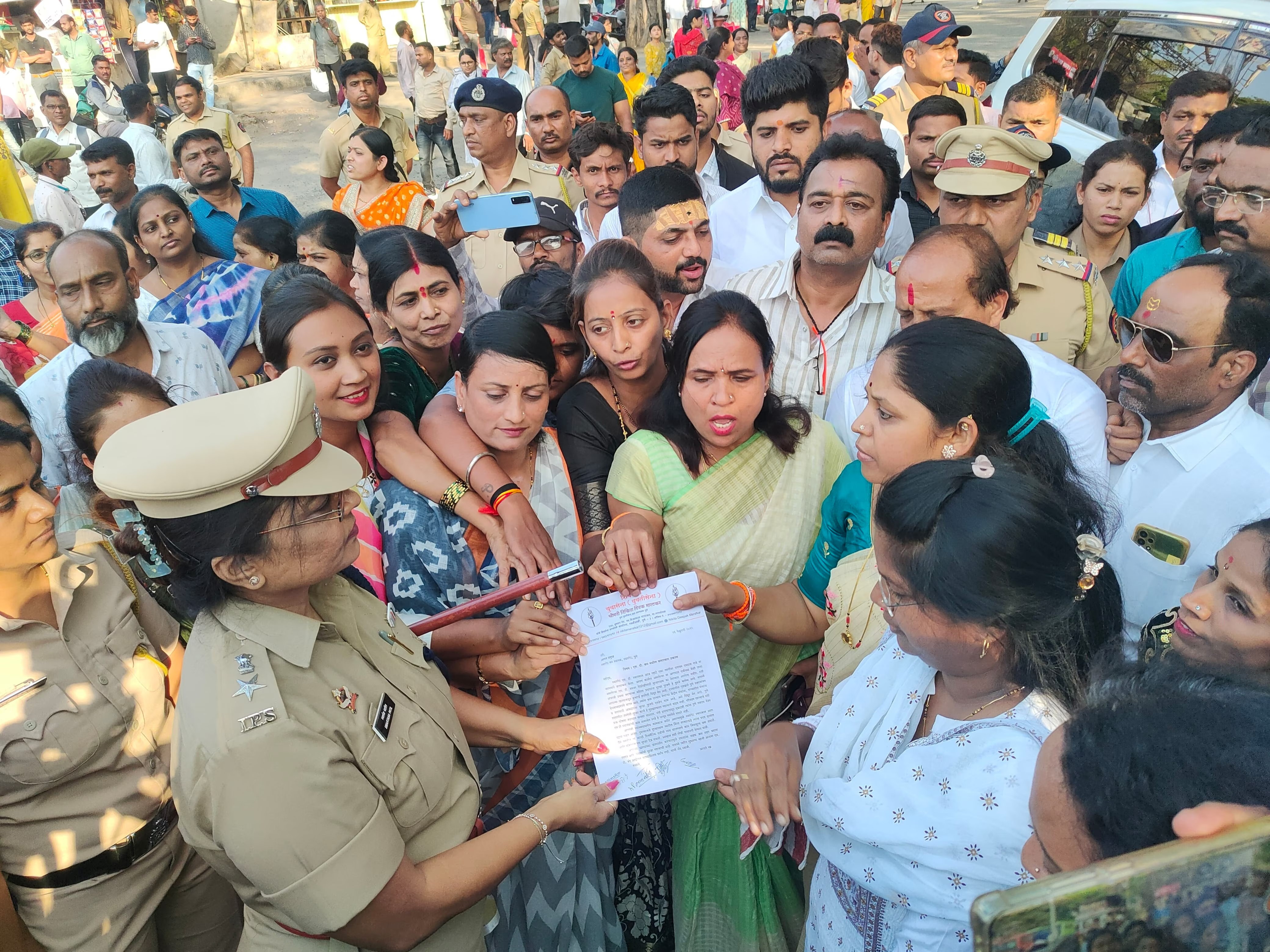




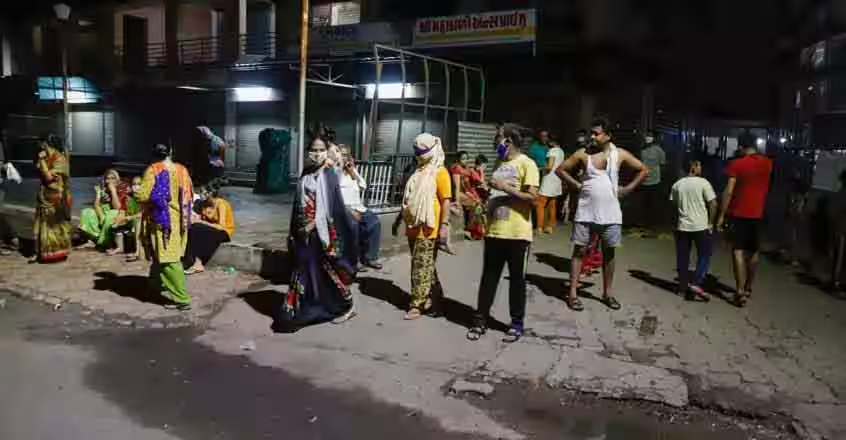














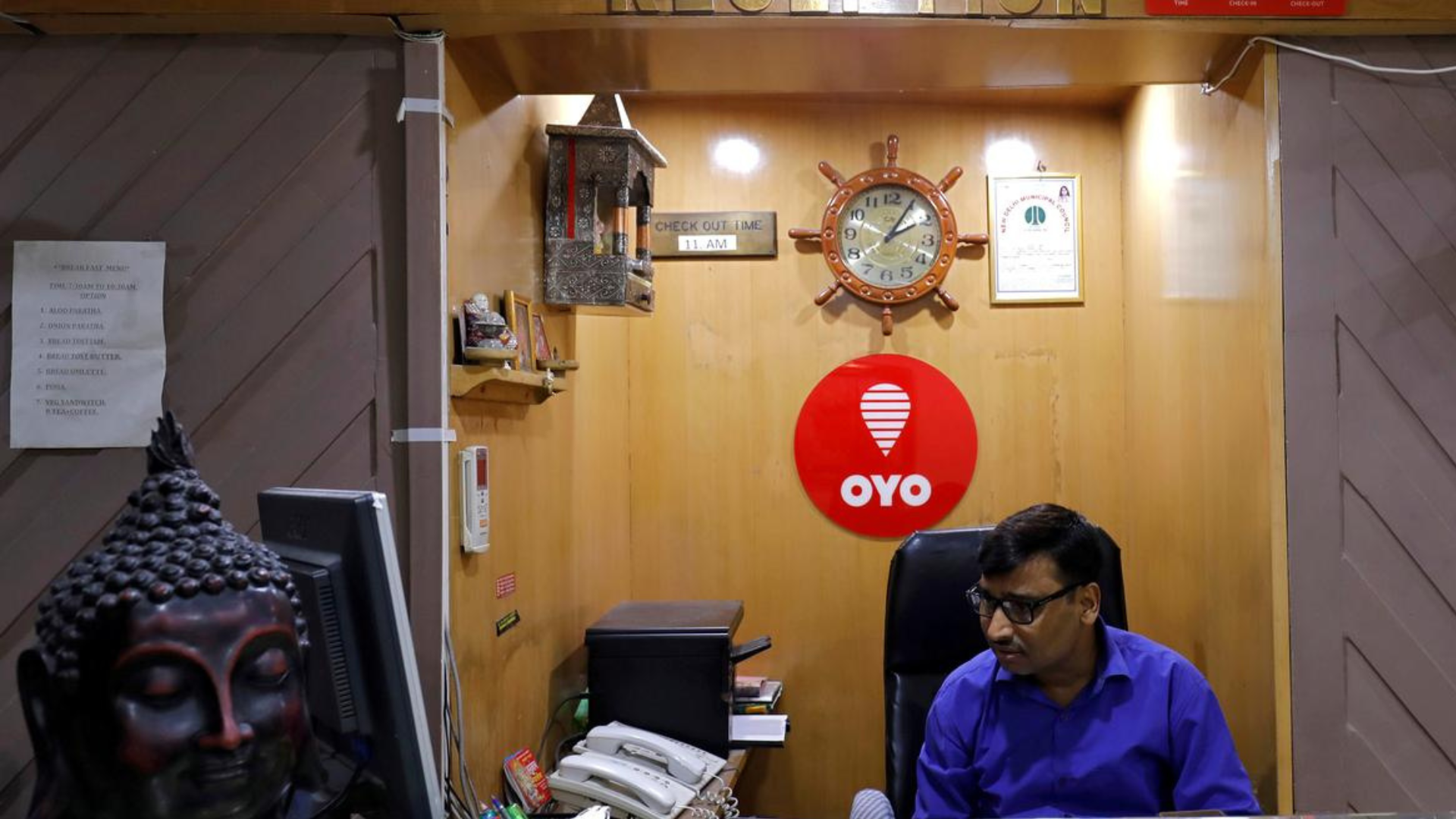

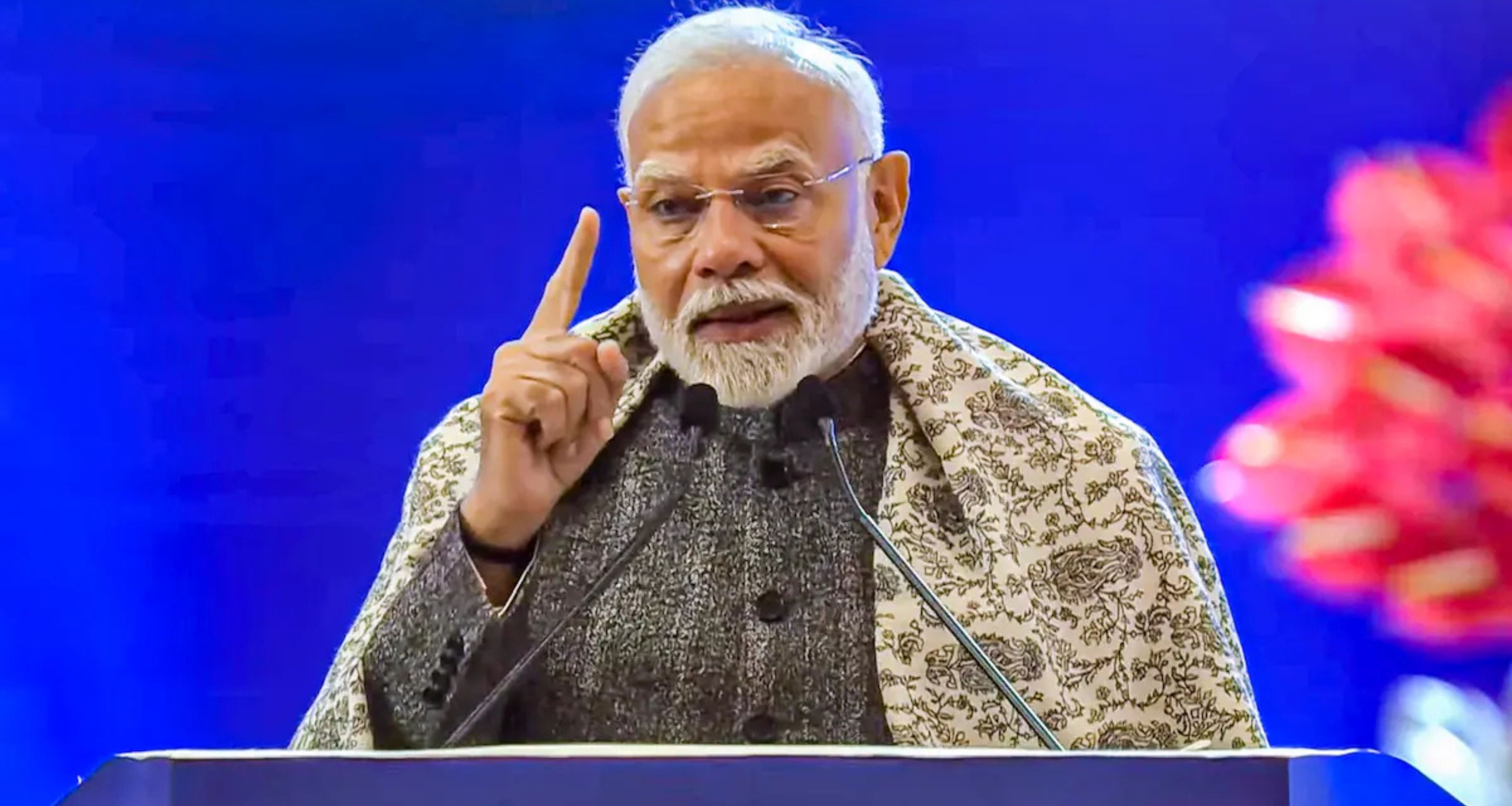
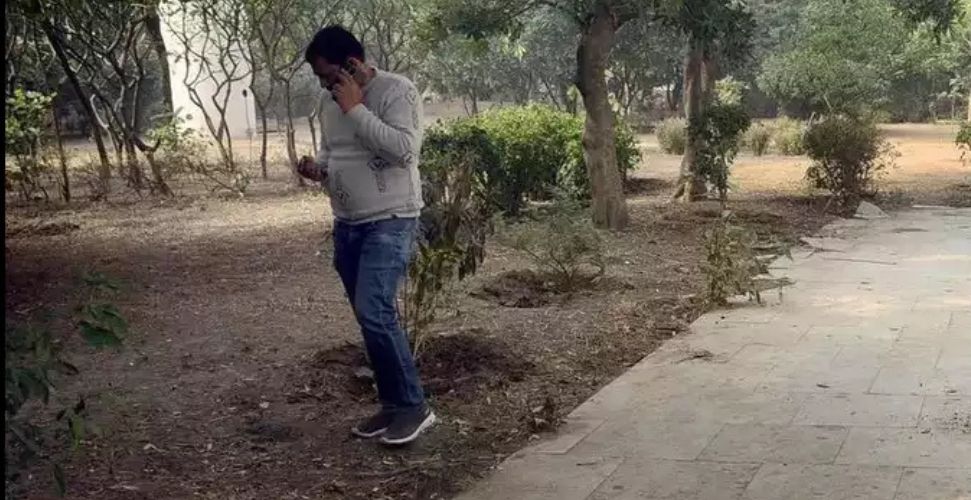

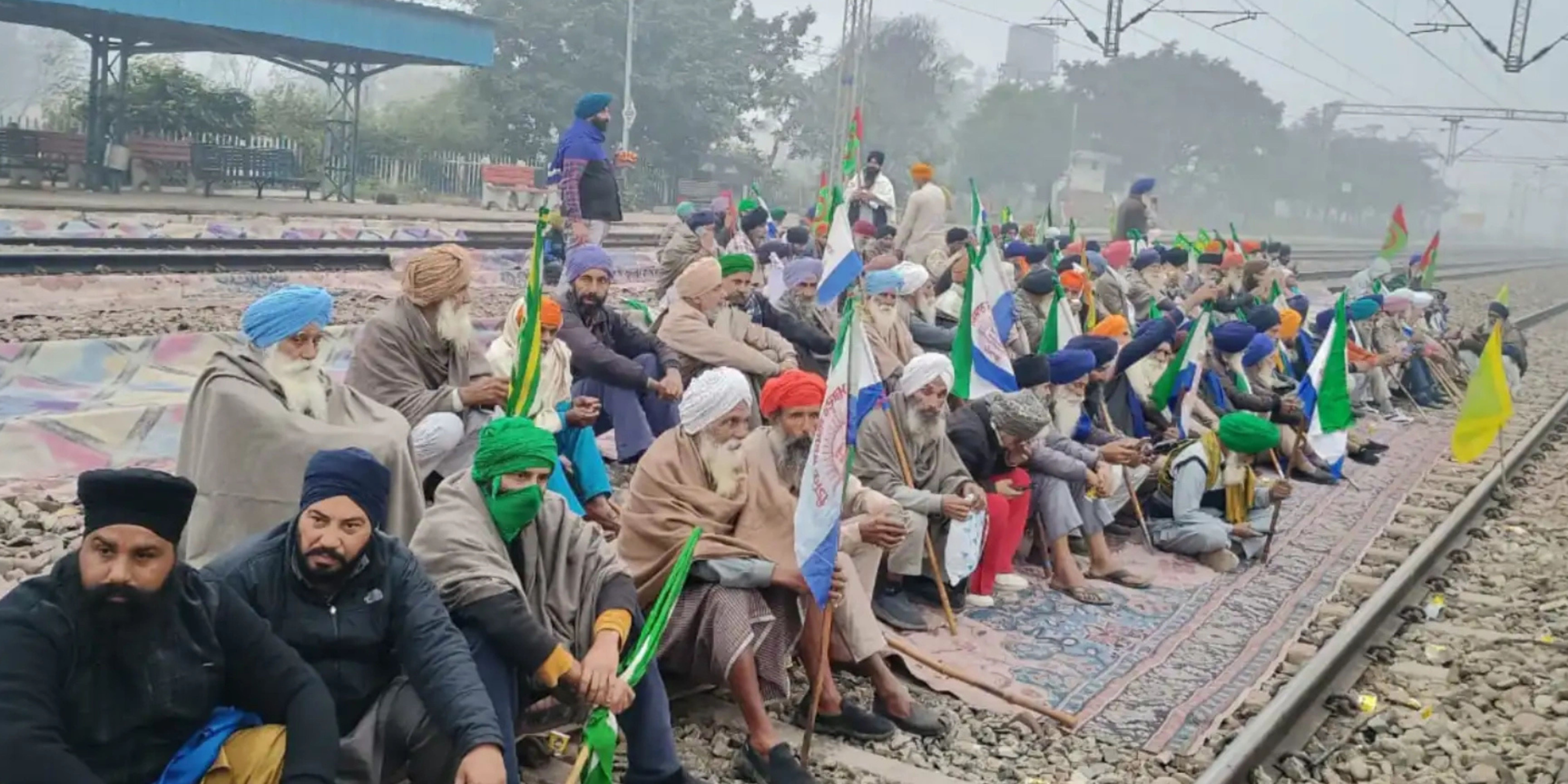
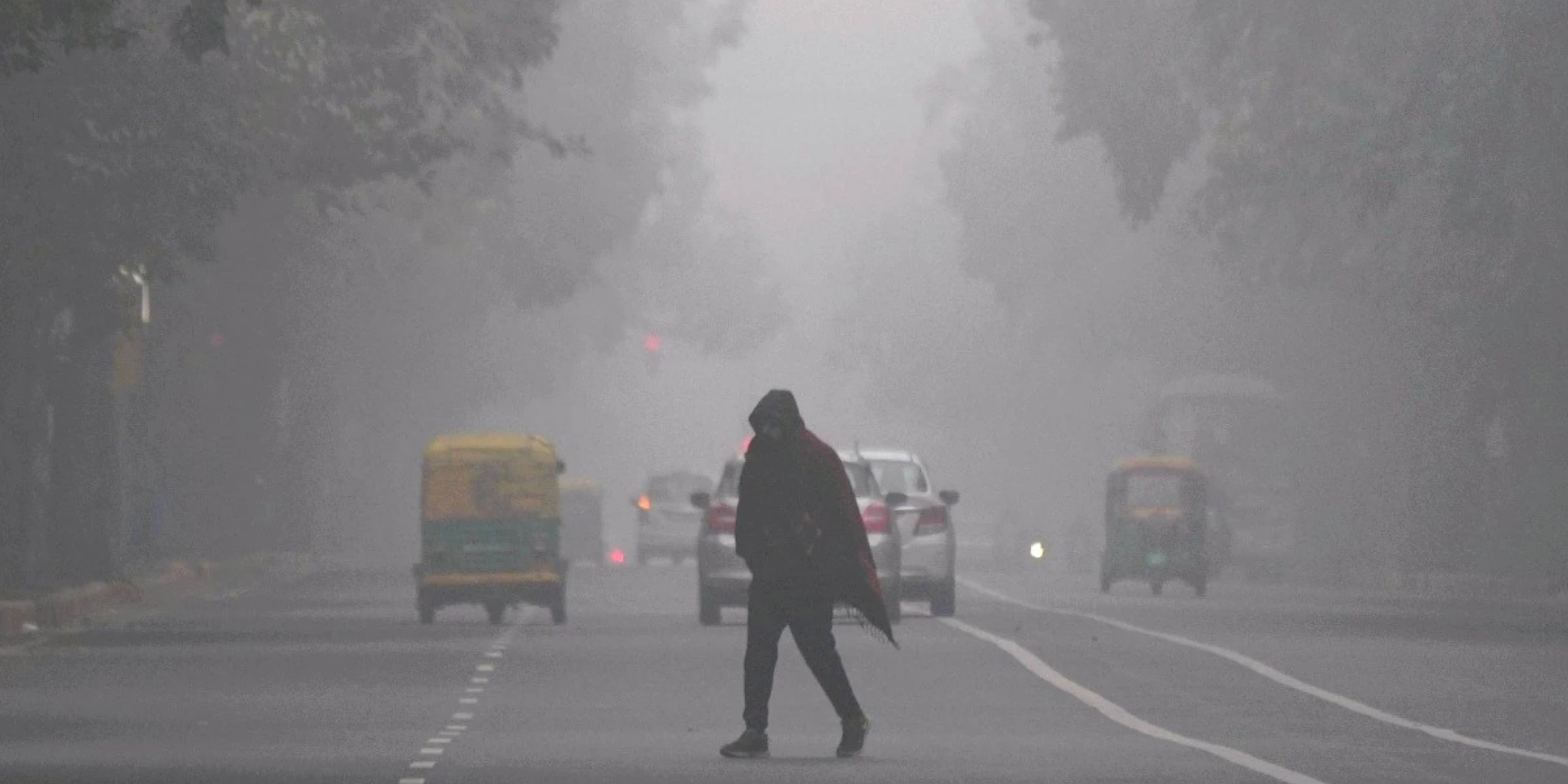

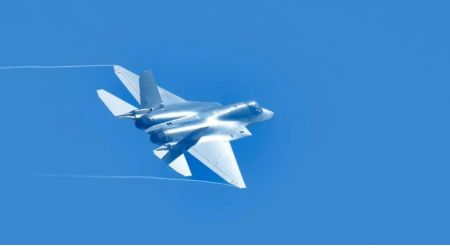


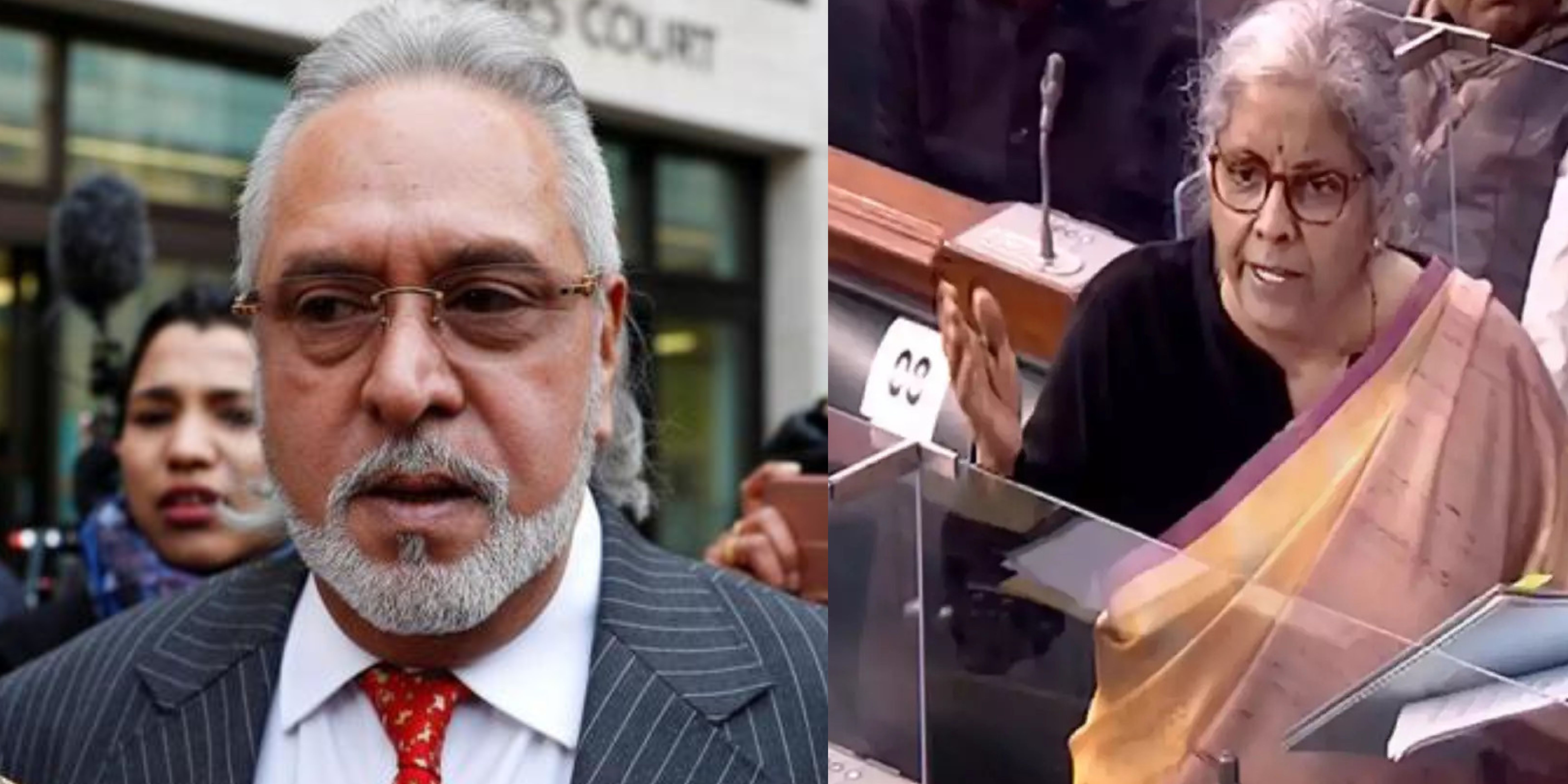
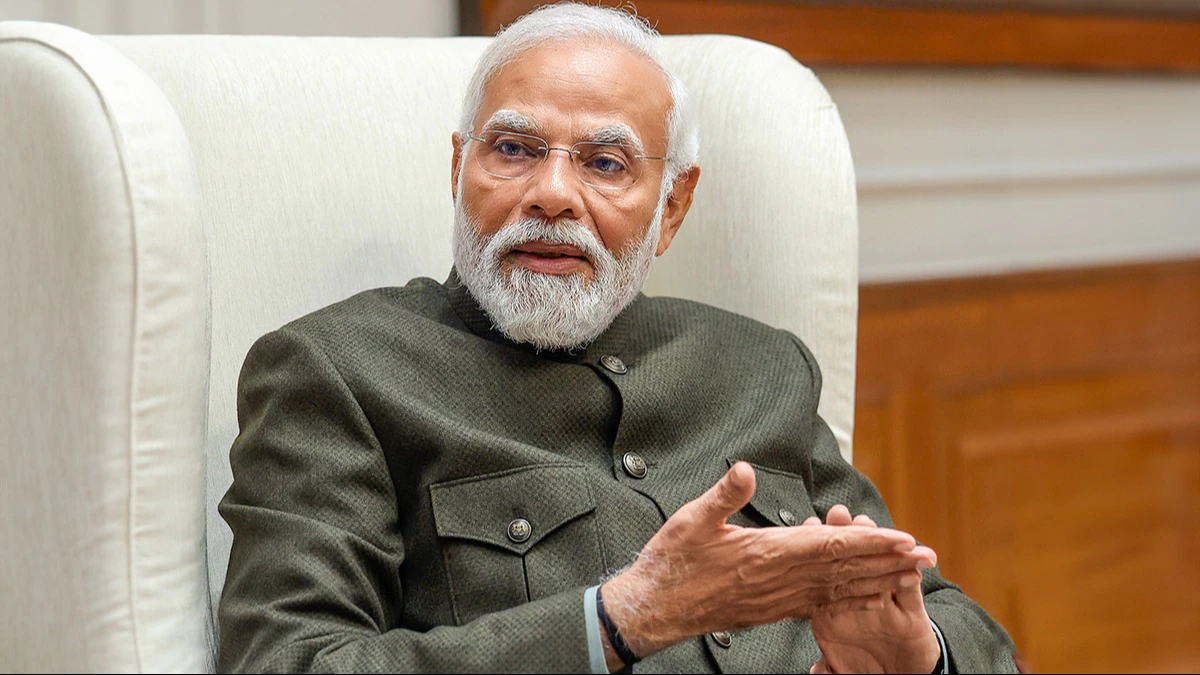




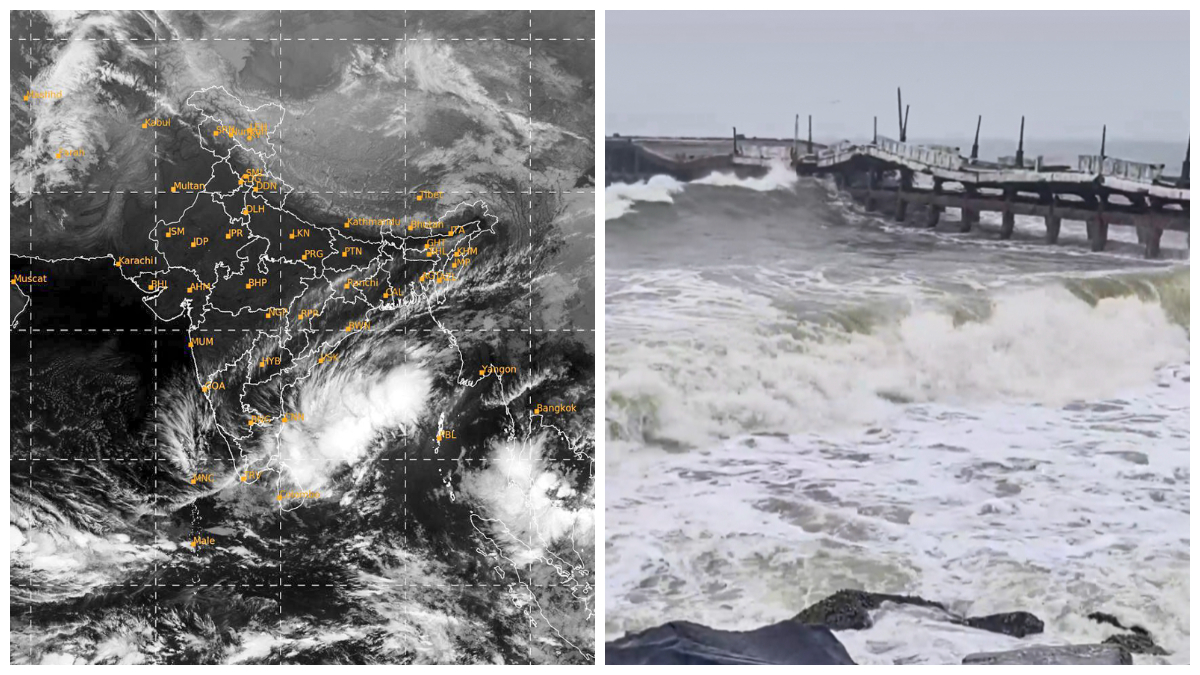



.jfif)



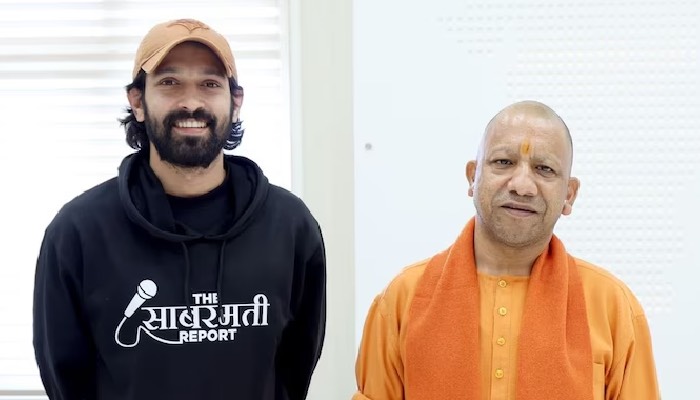

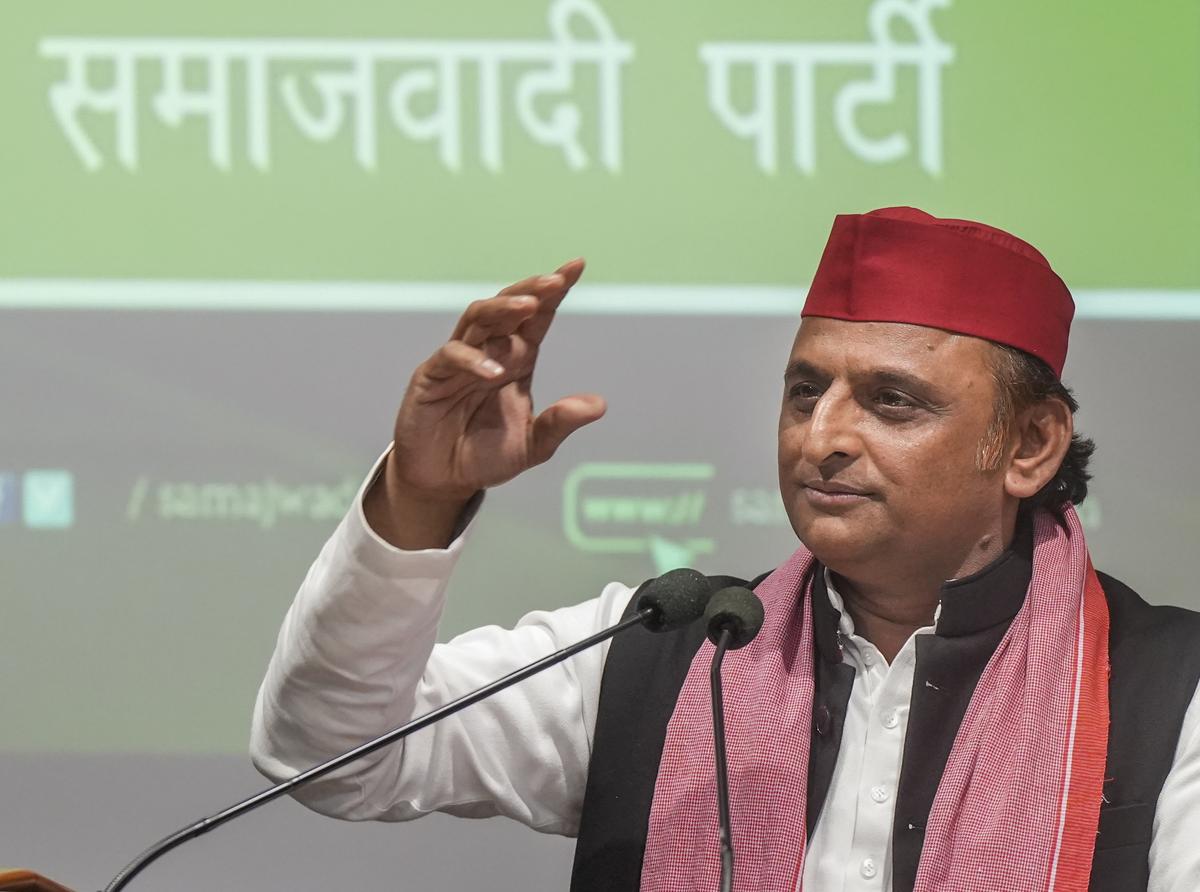



.jpg)

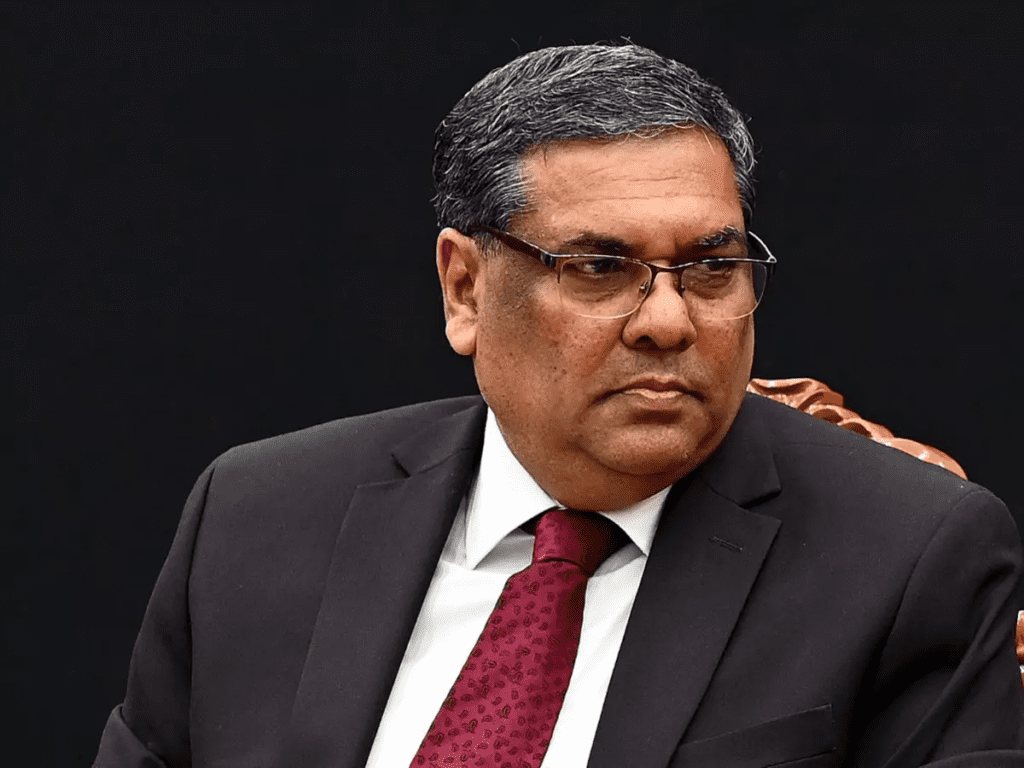




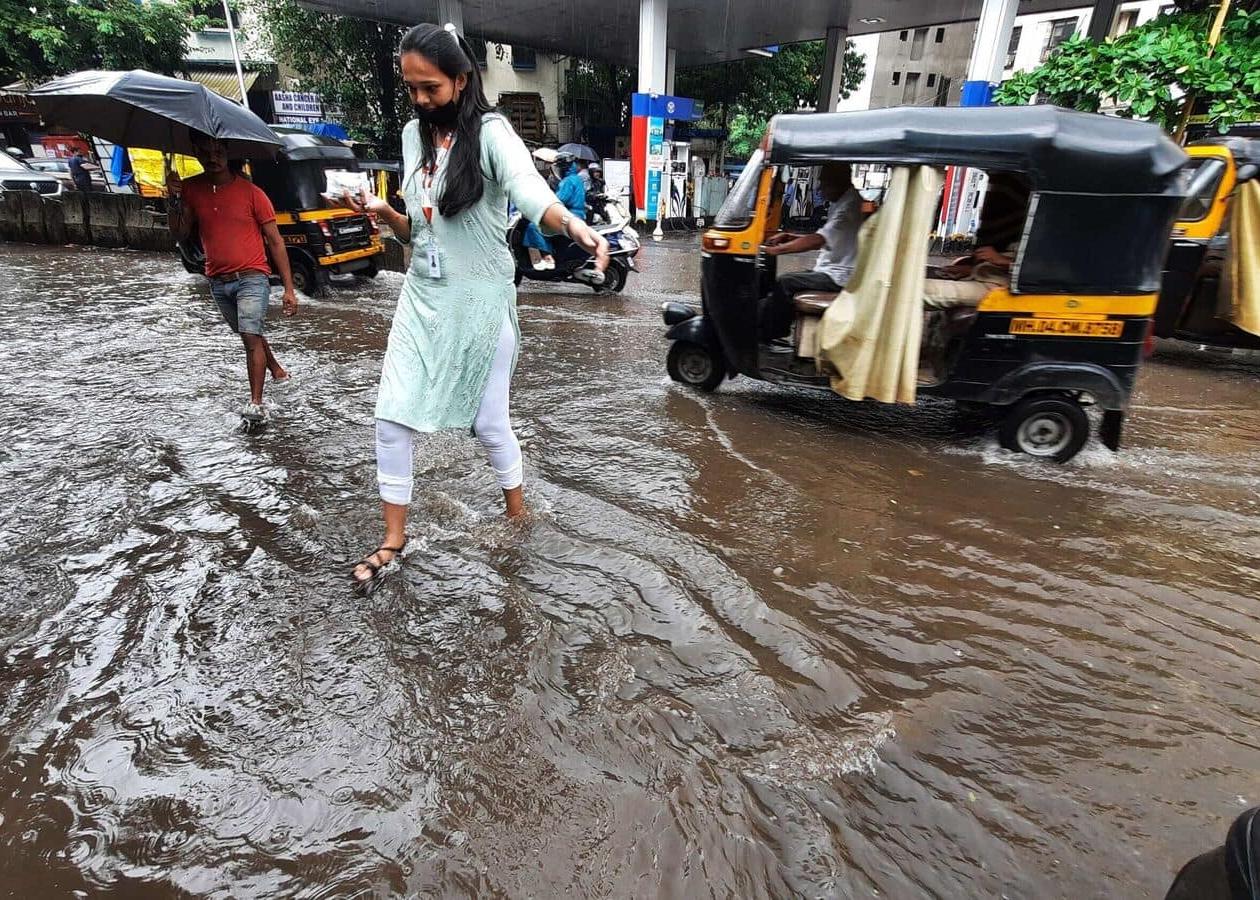


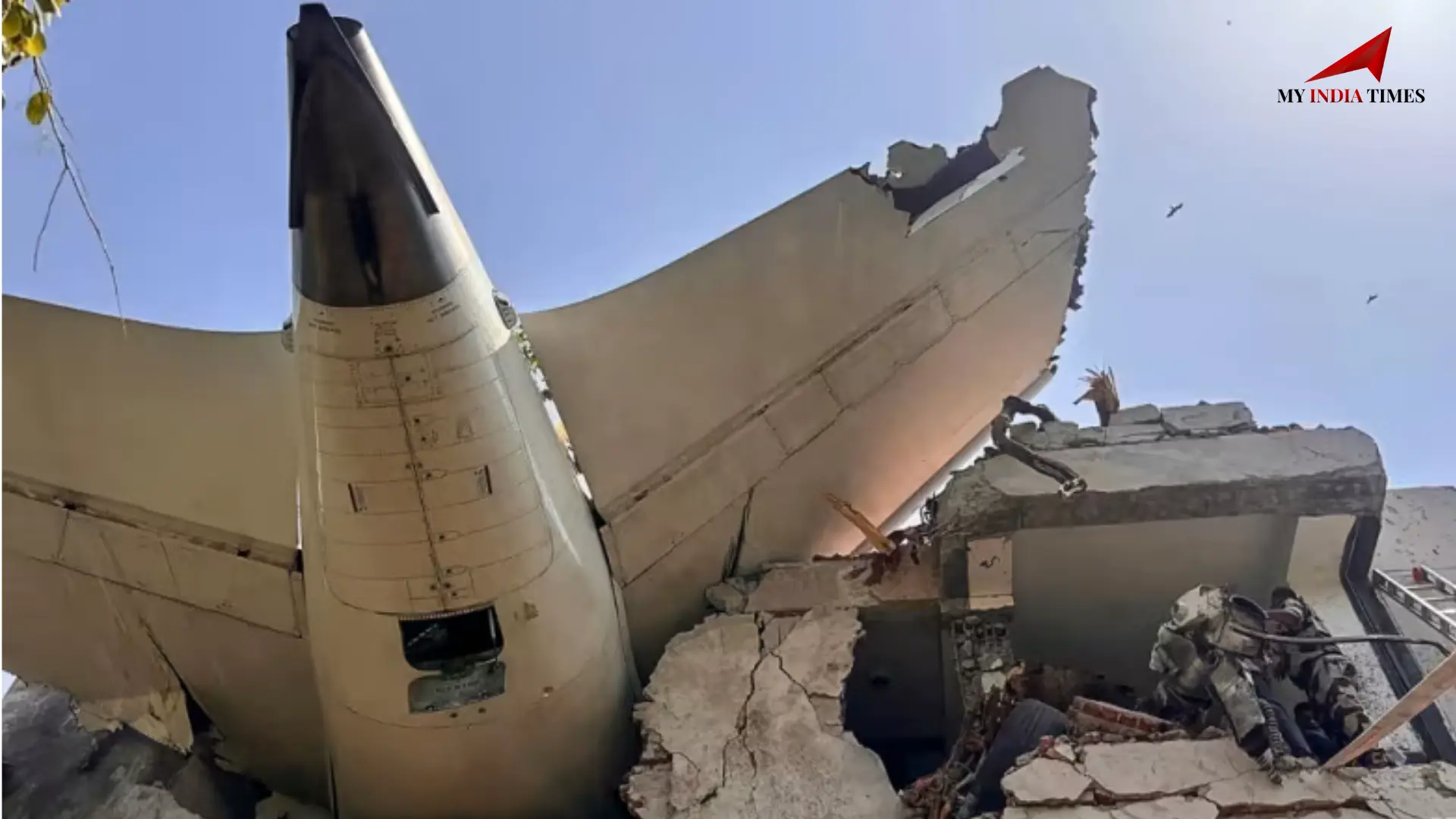



















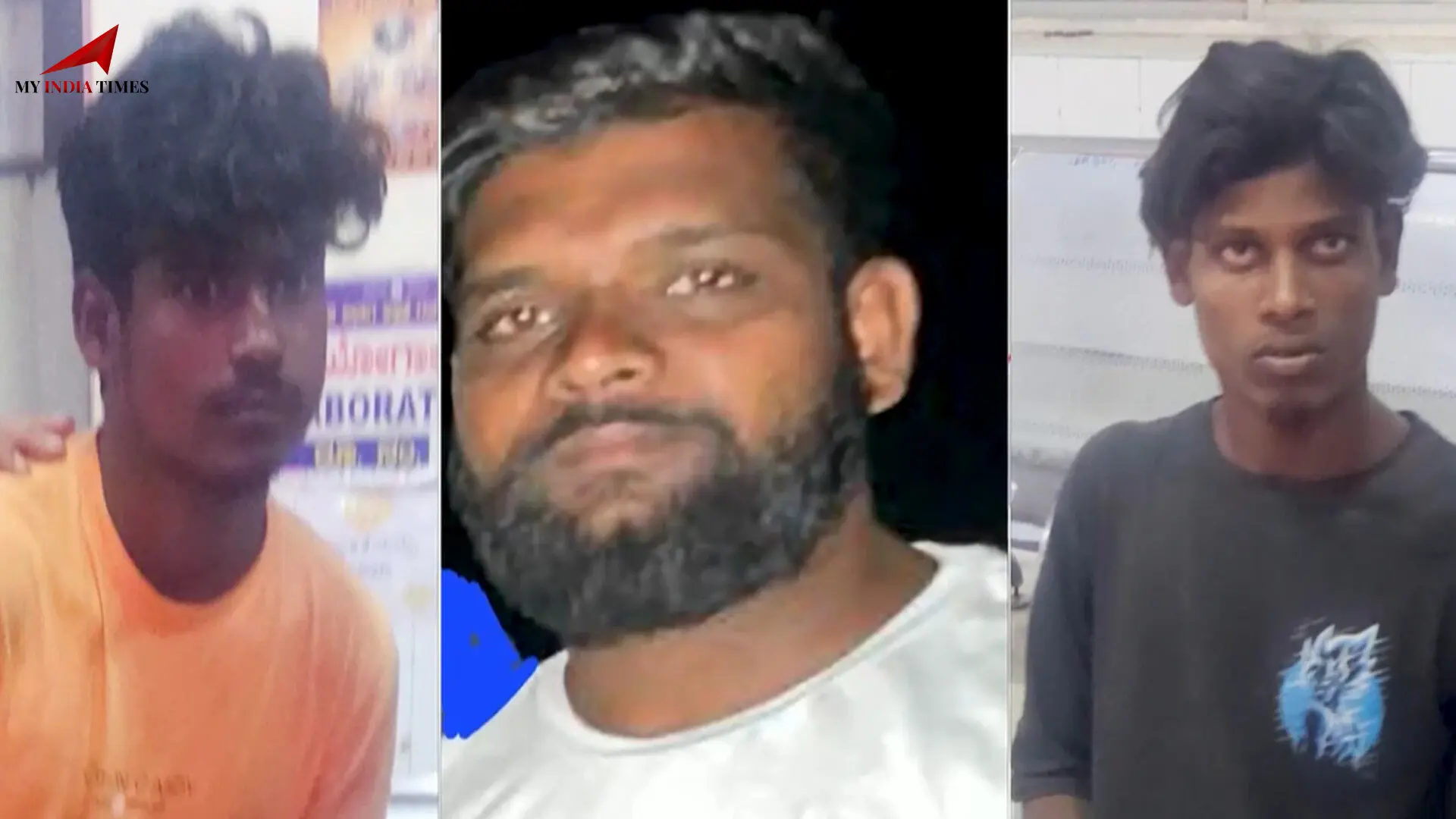
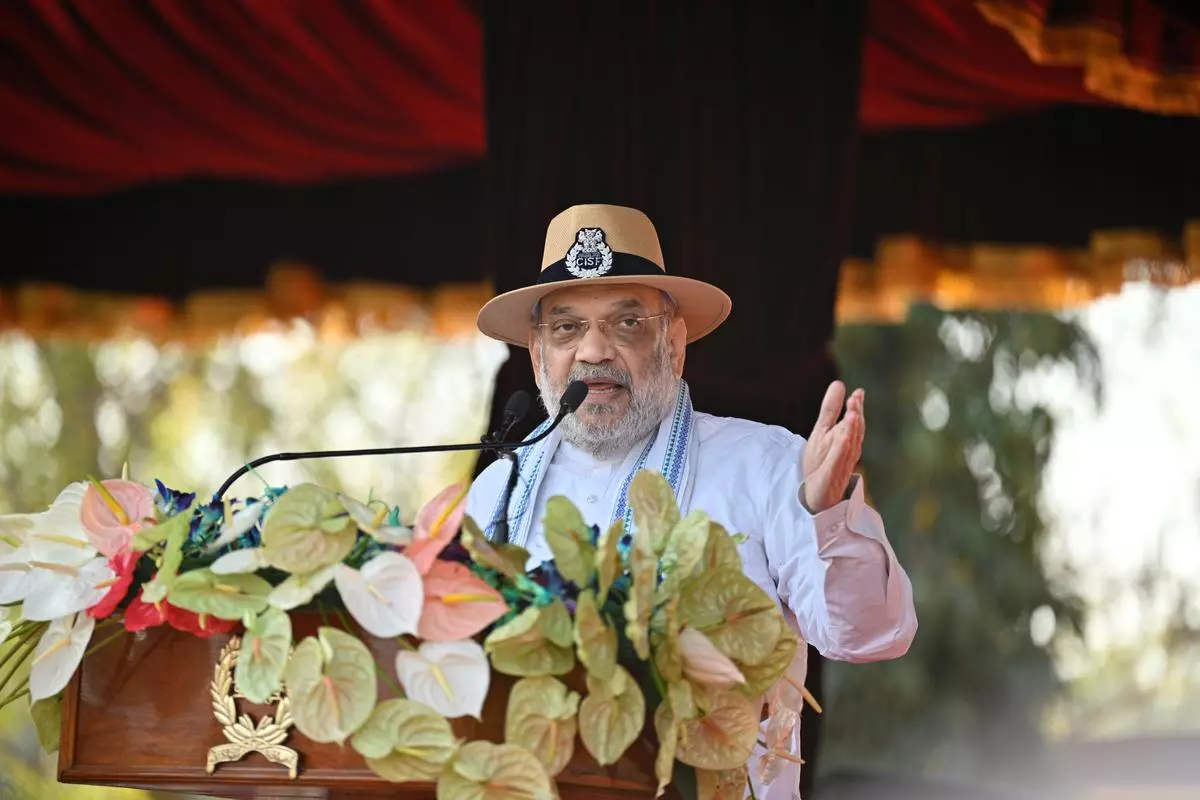










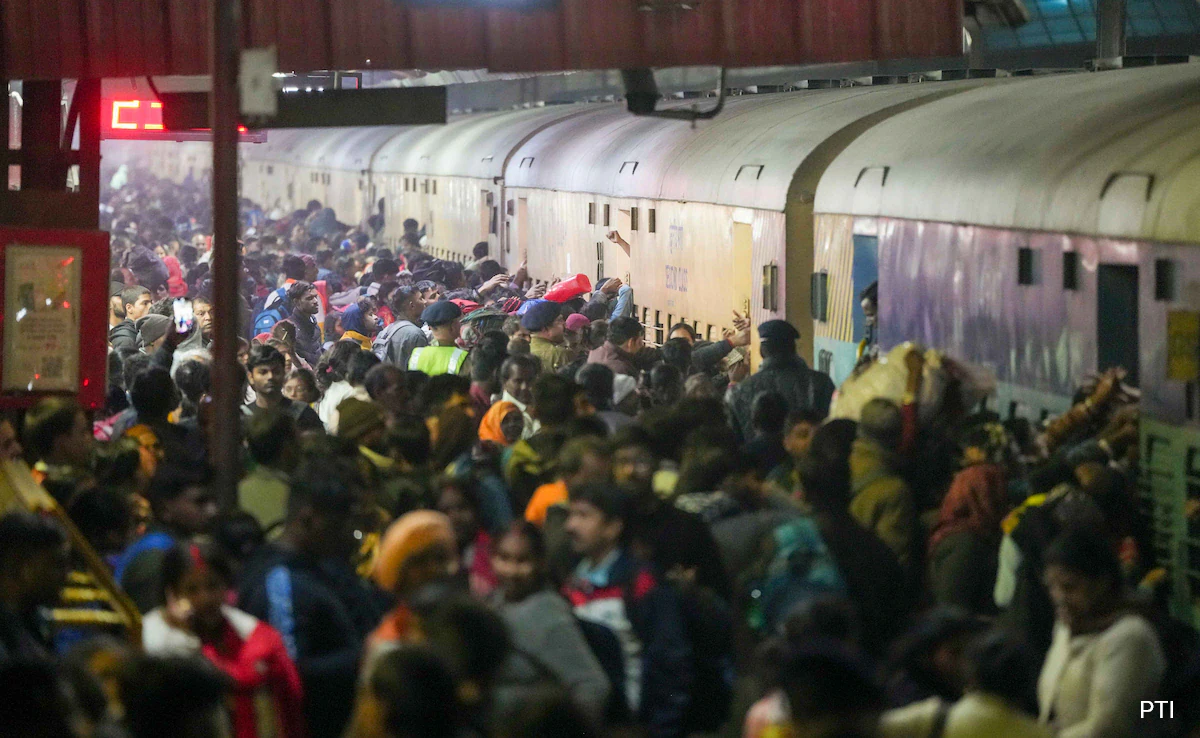
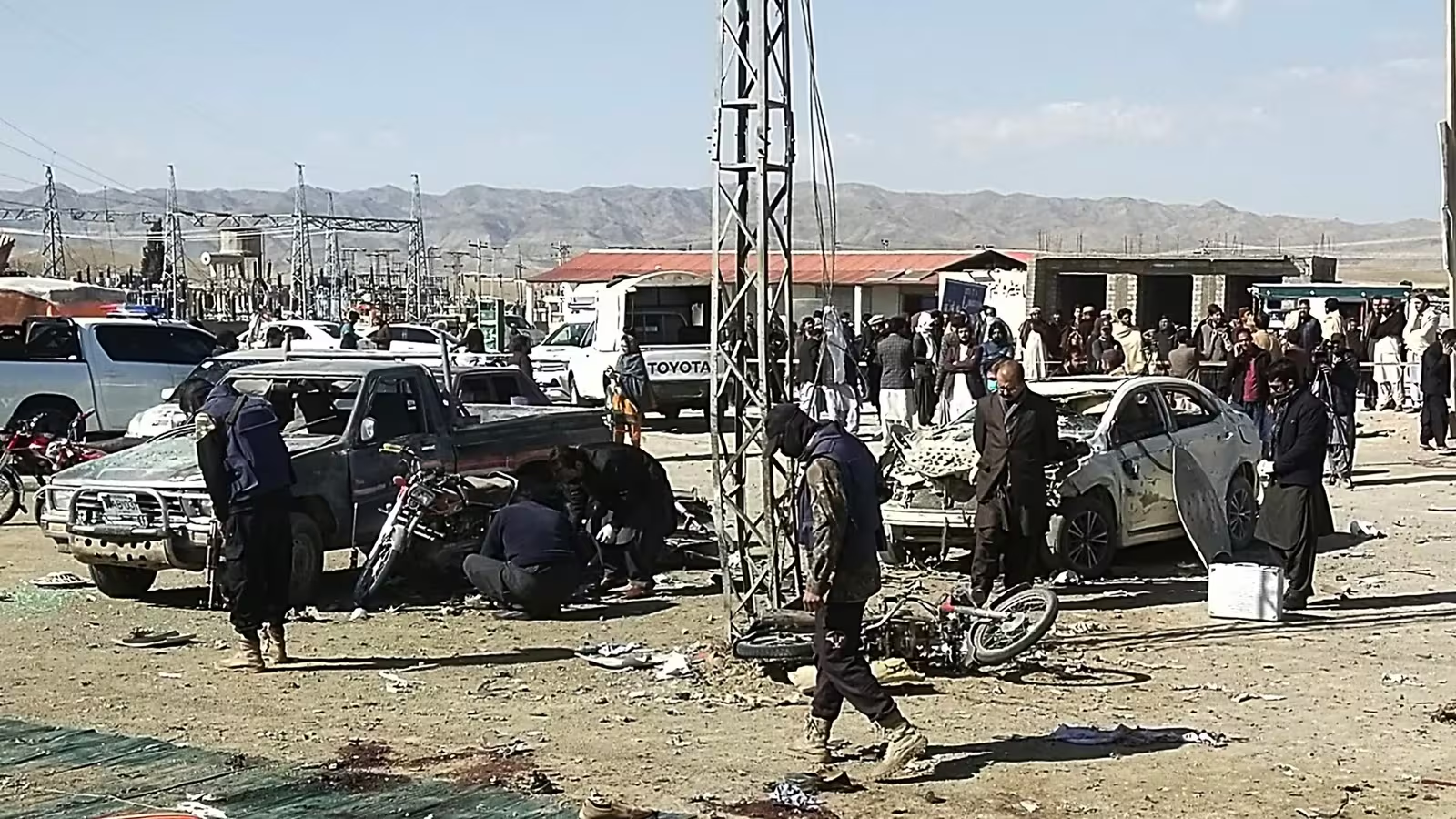
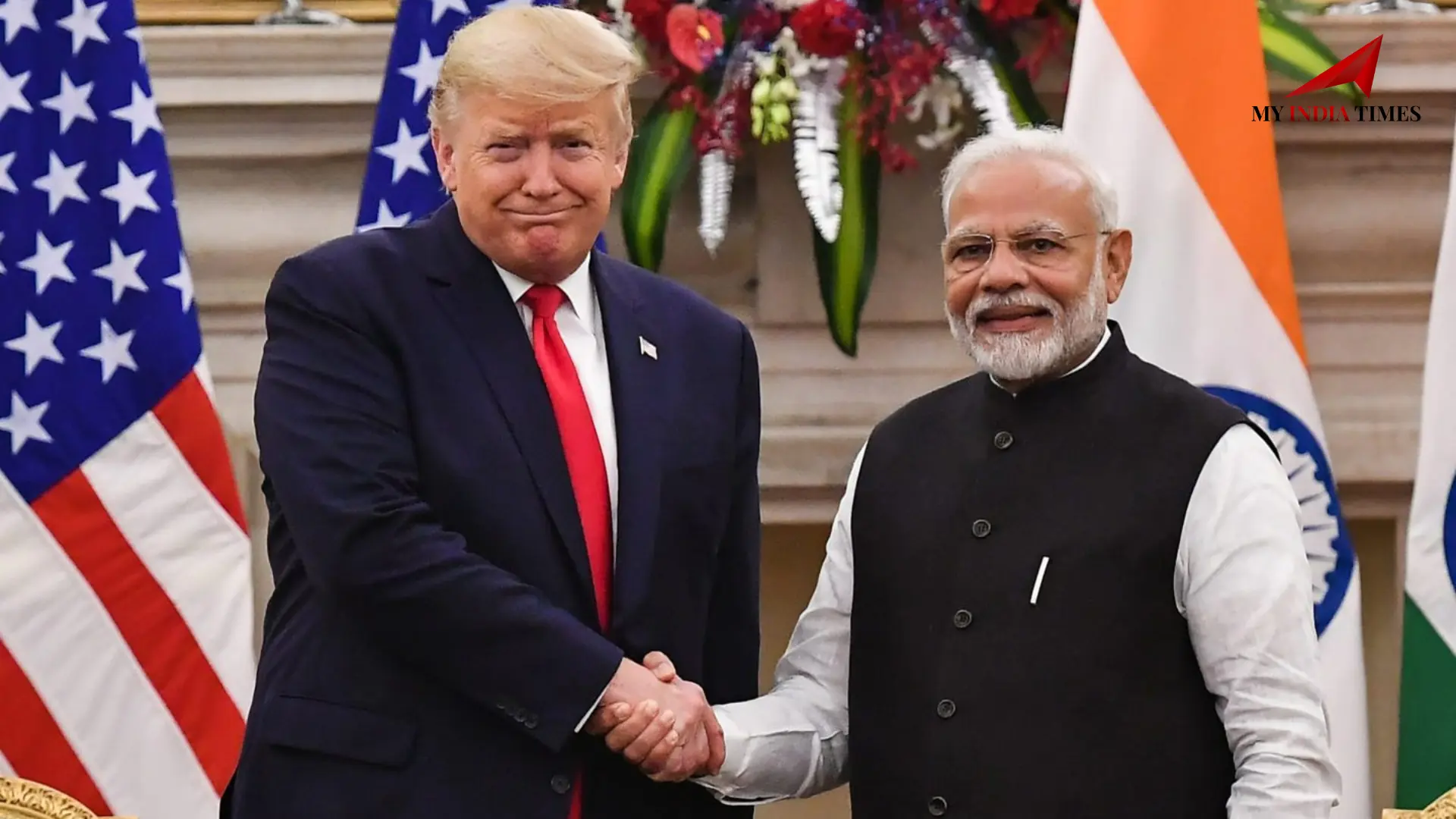
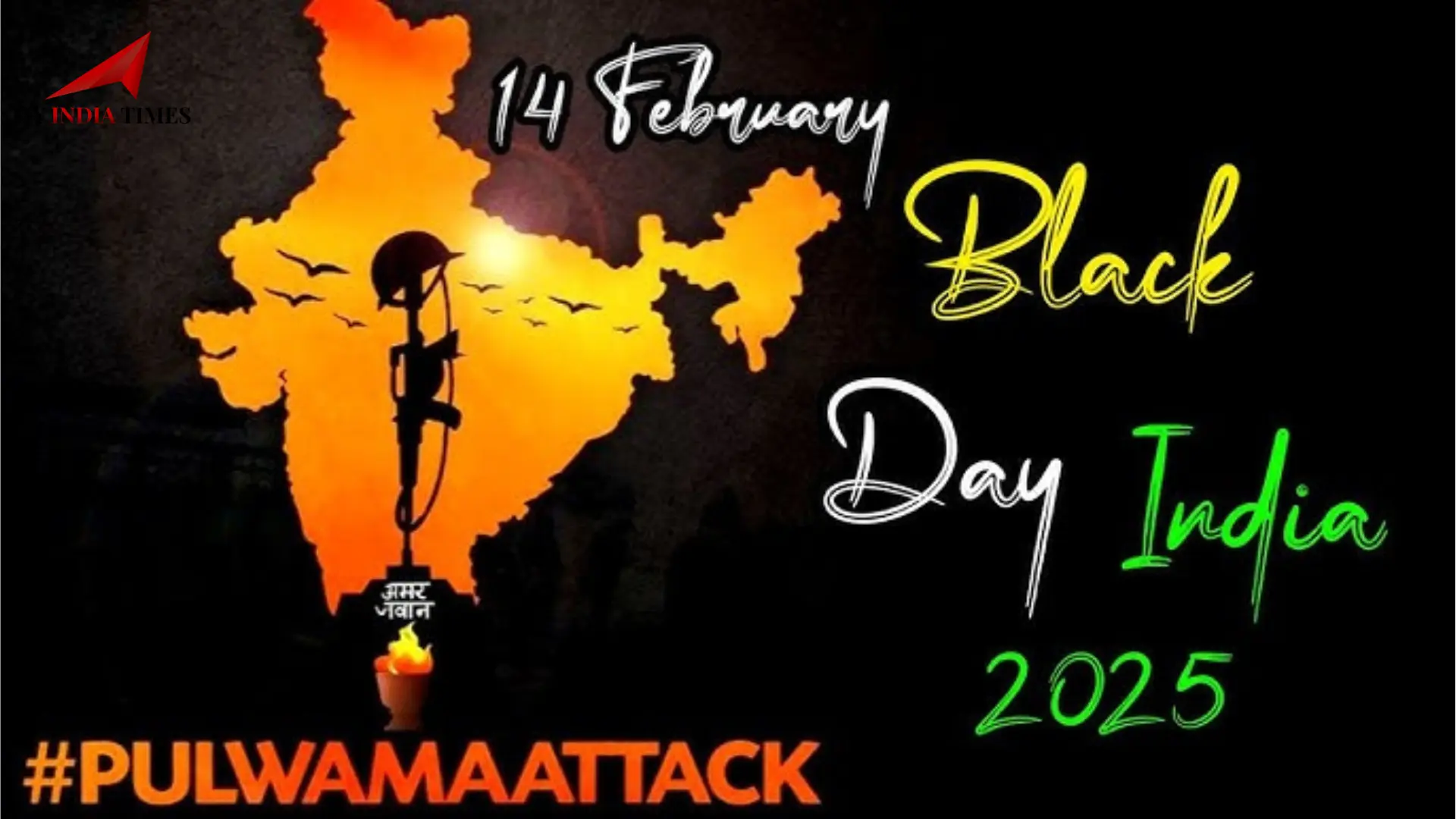

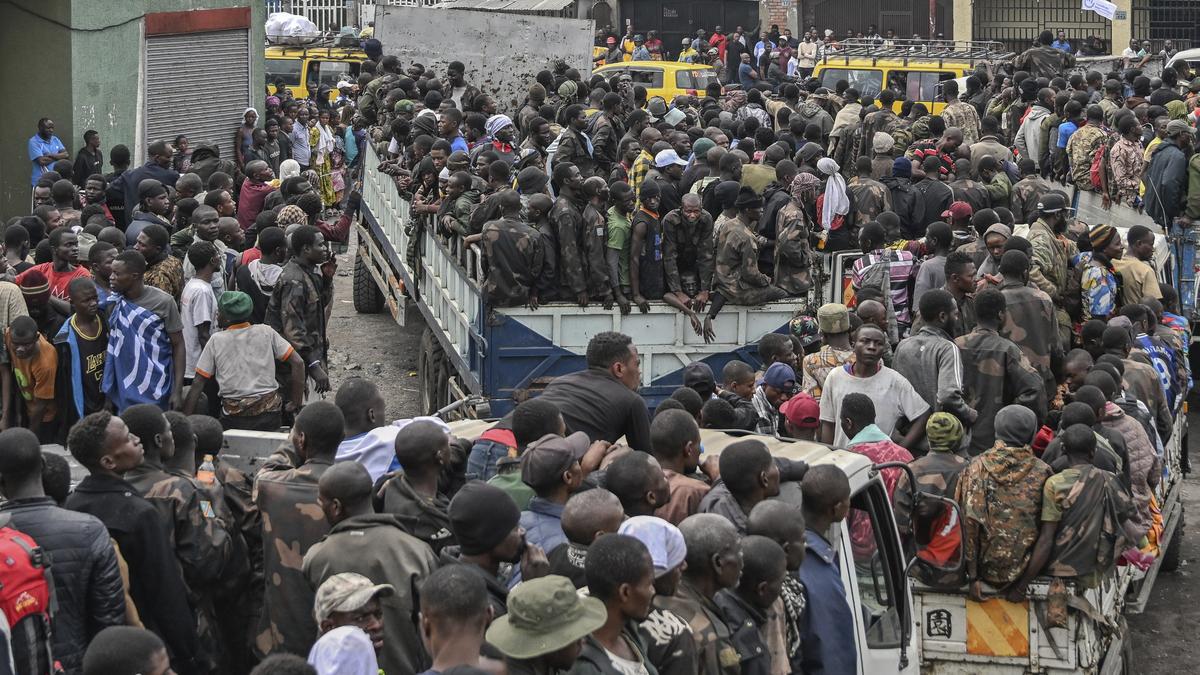
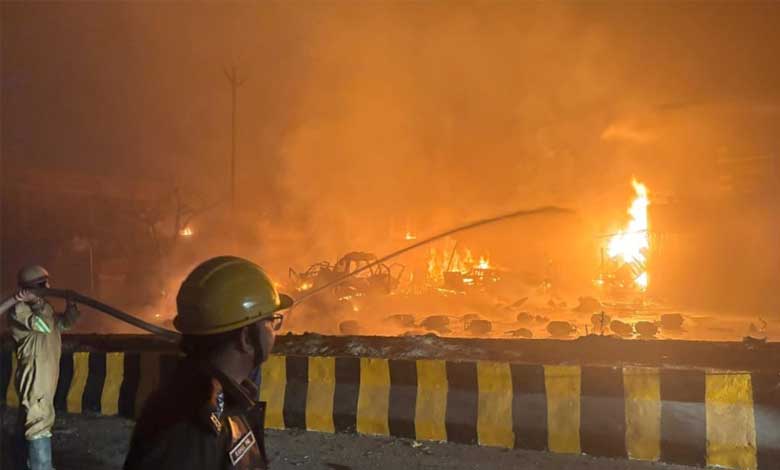




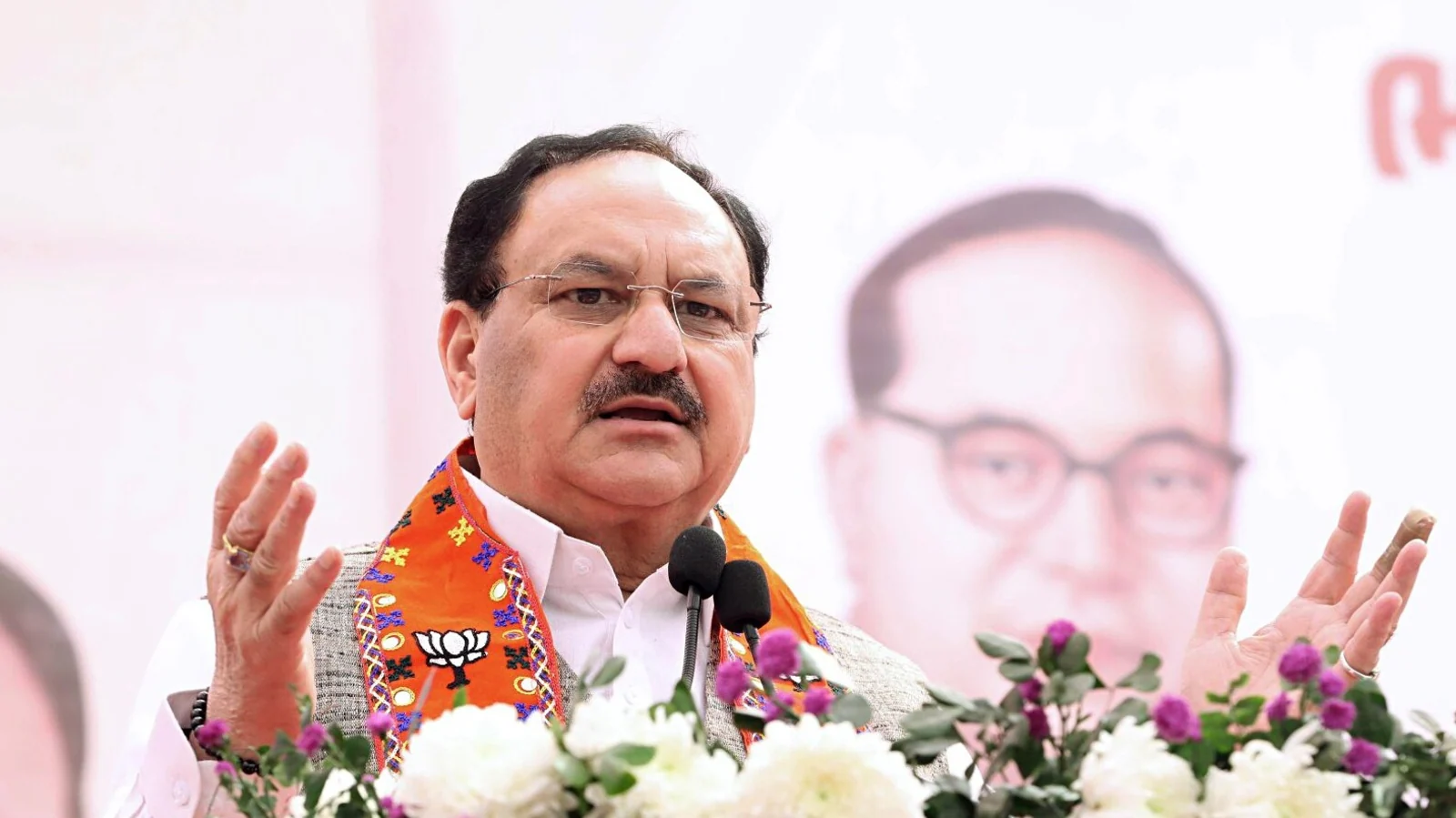



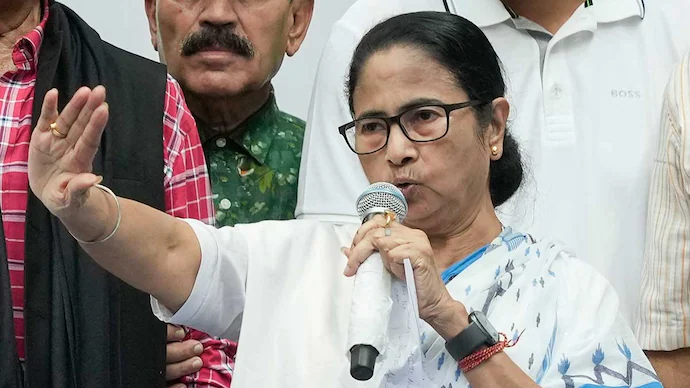



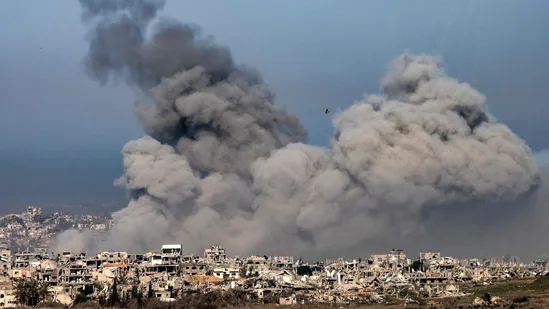
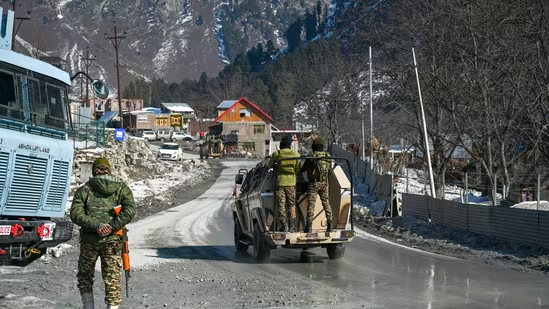

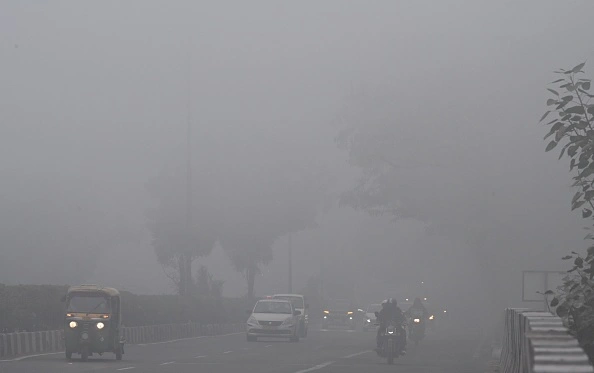

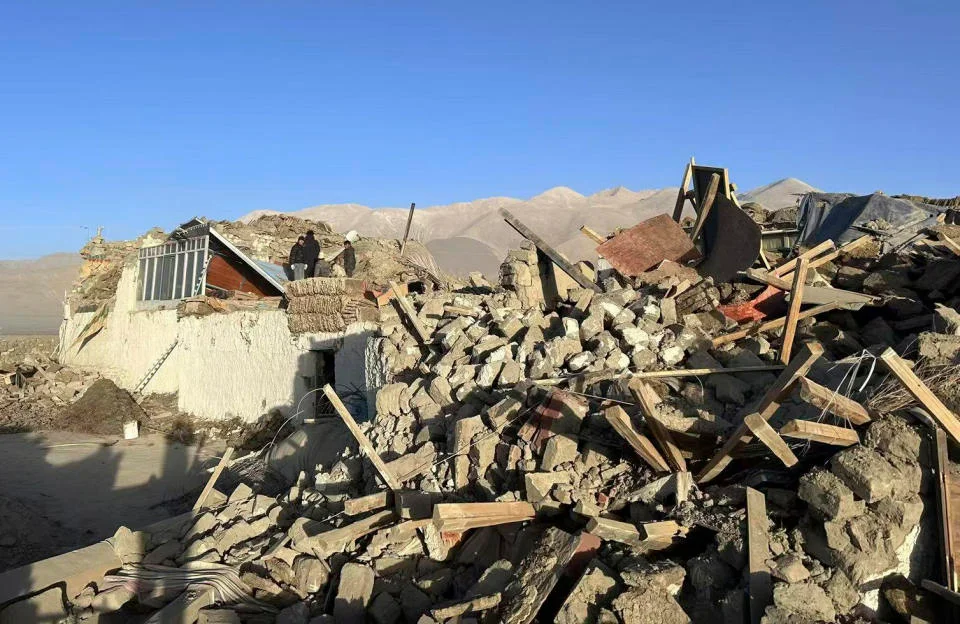



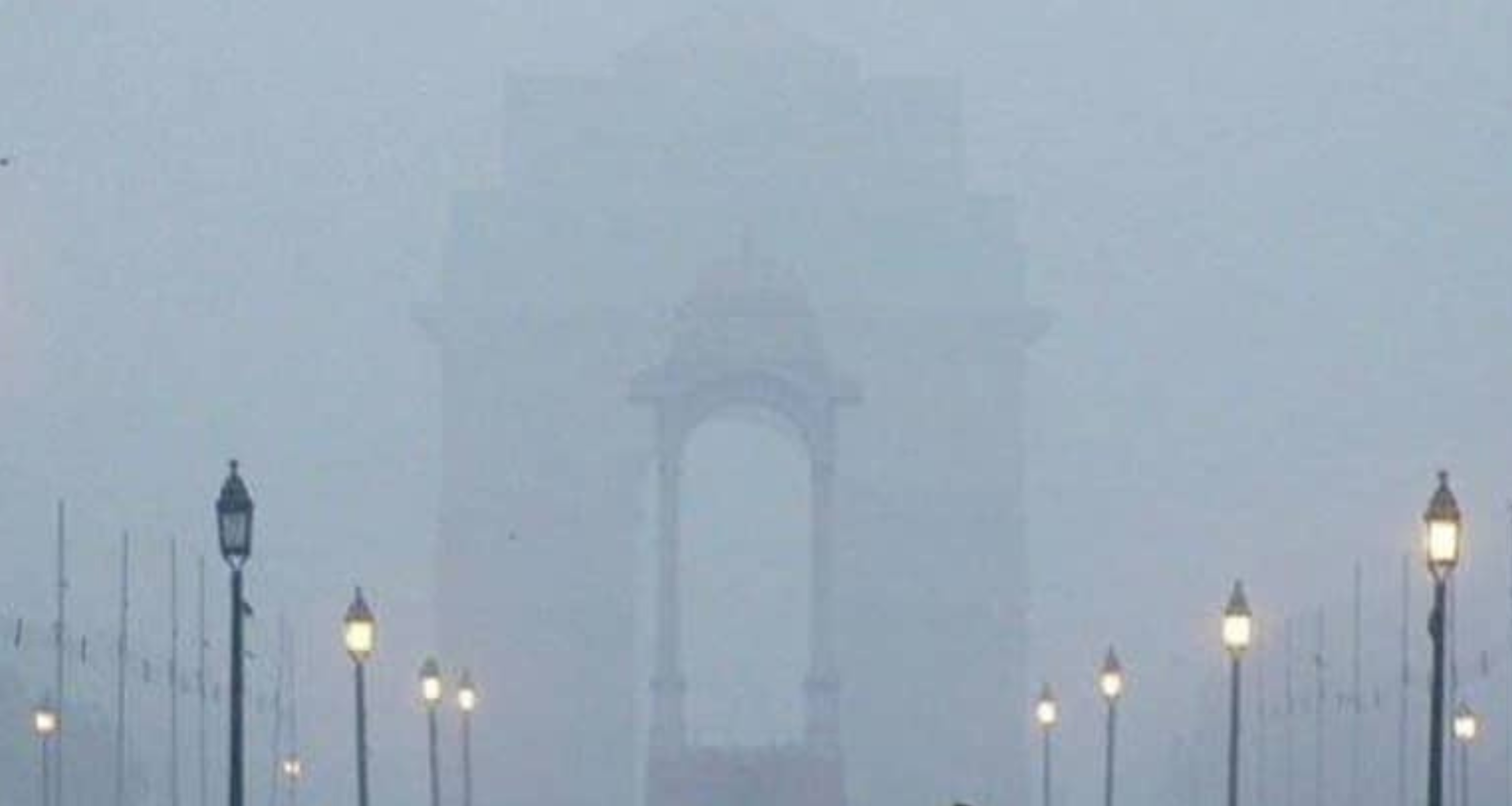
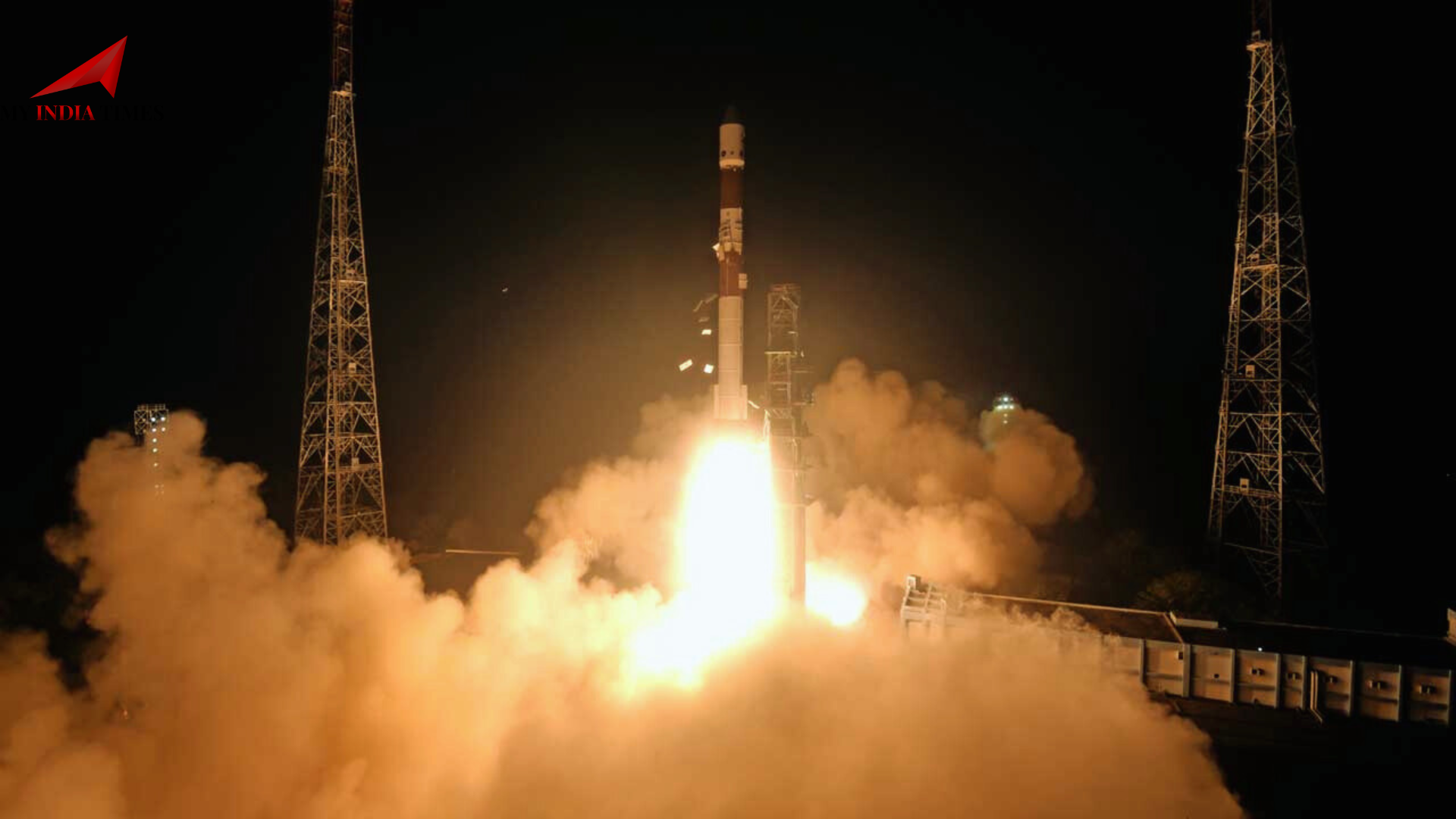


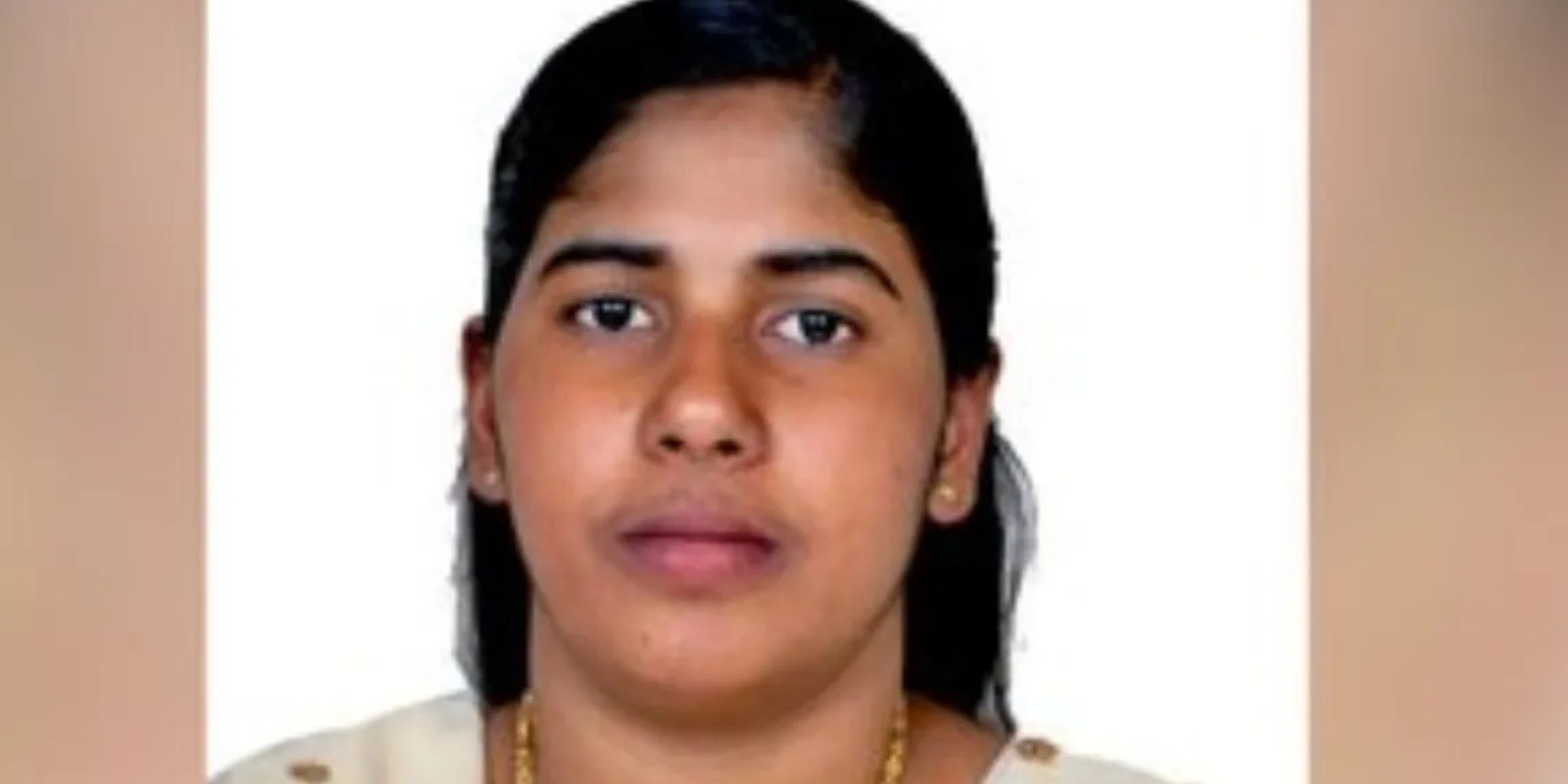
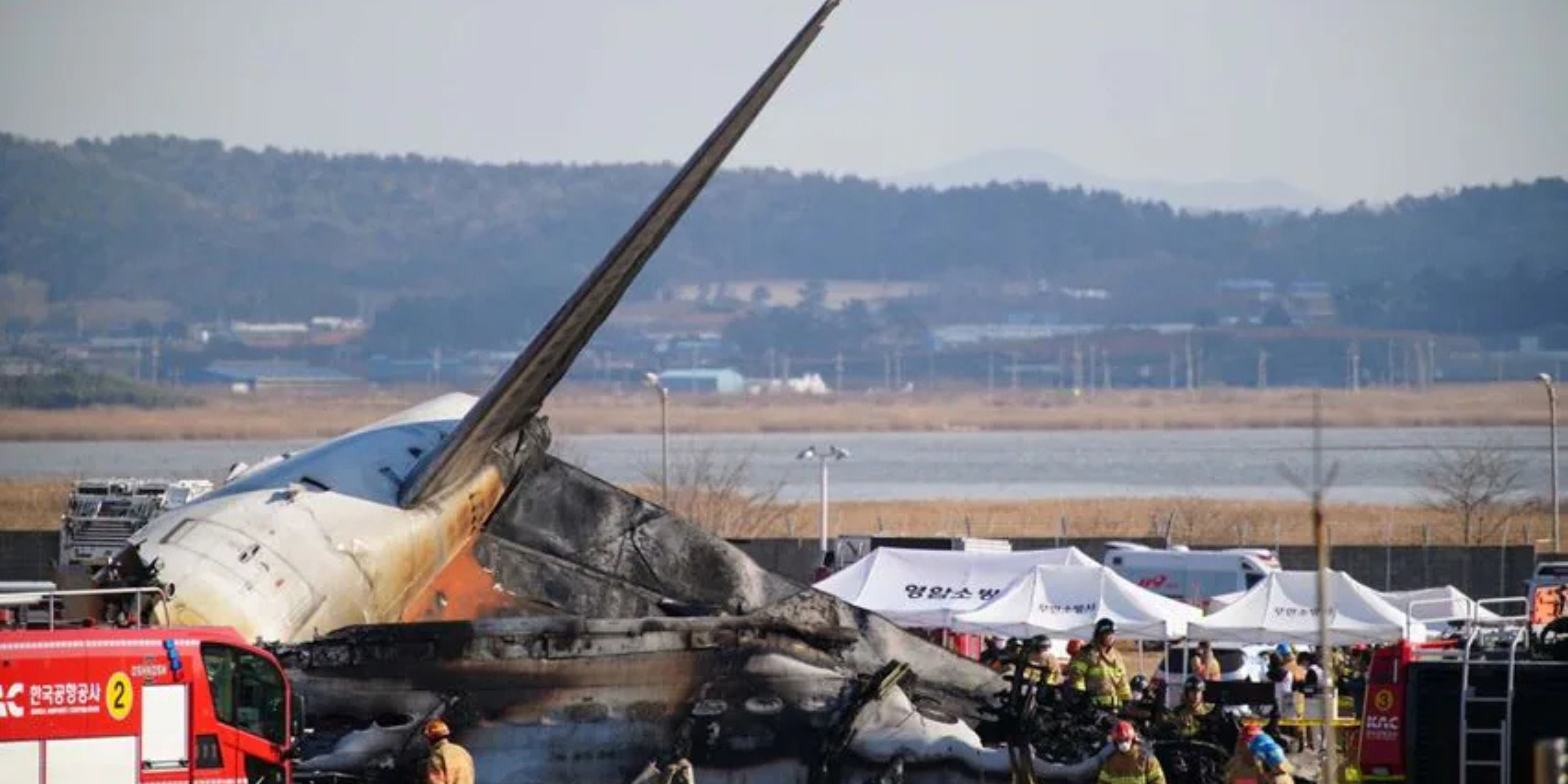
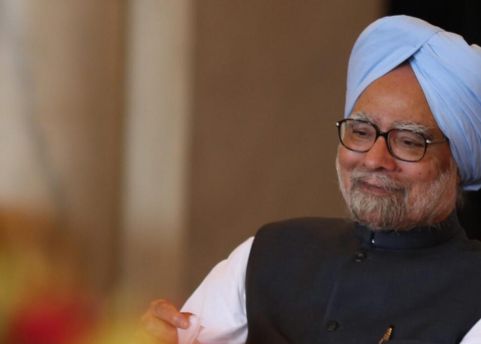
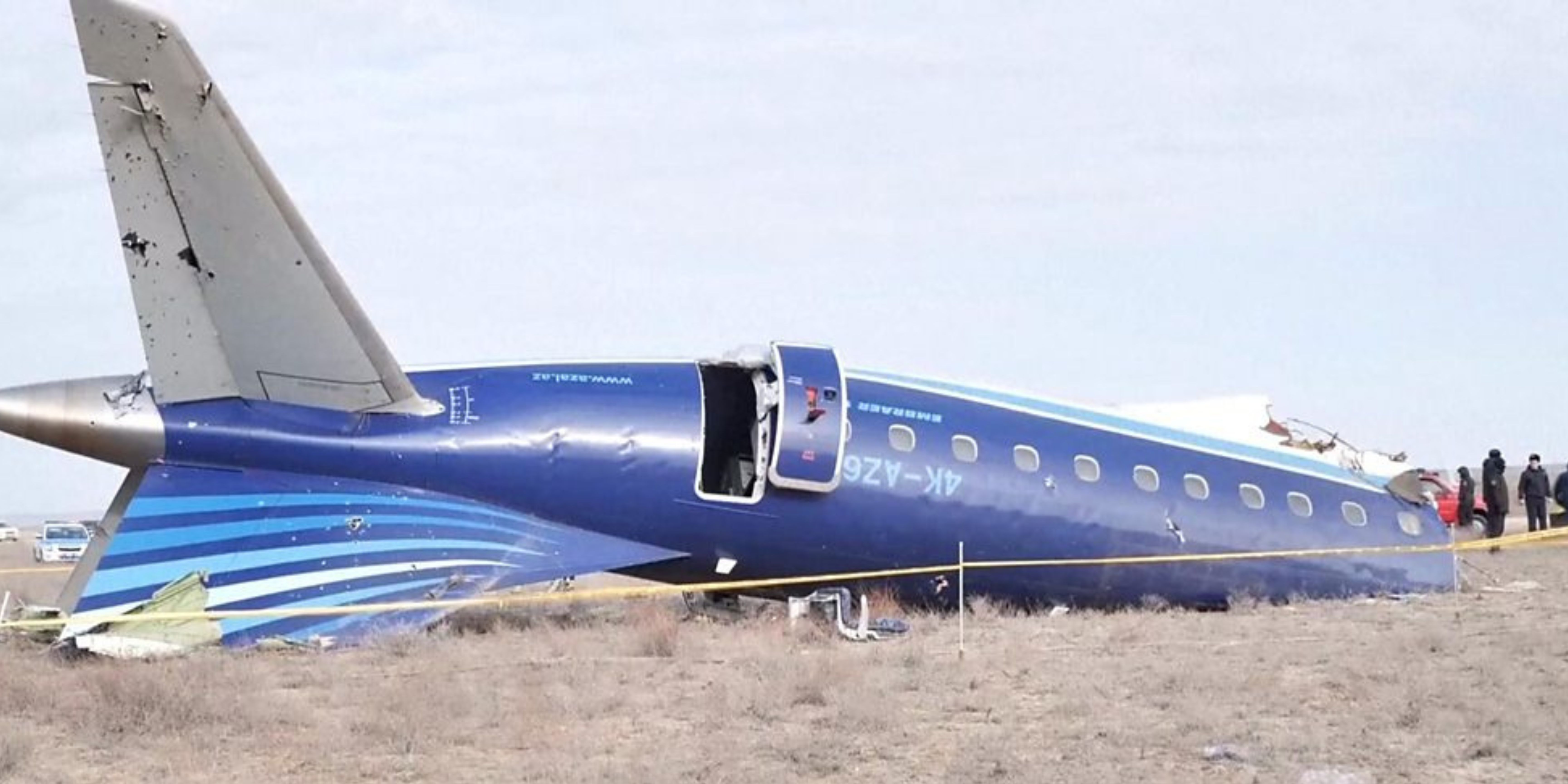



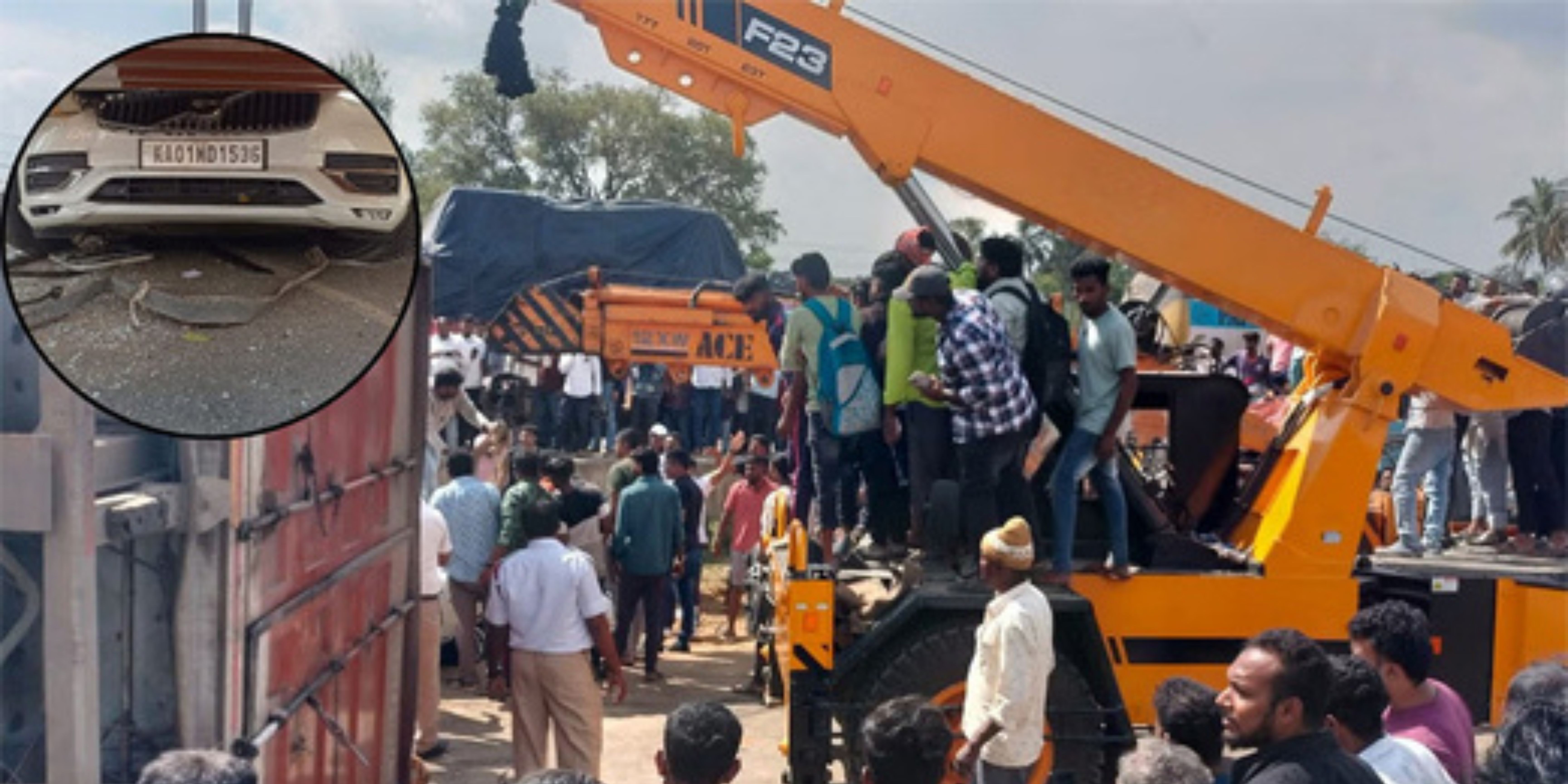




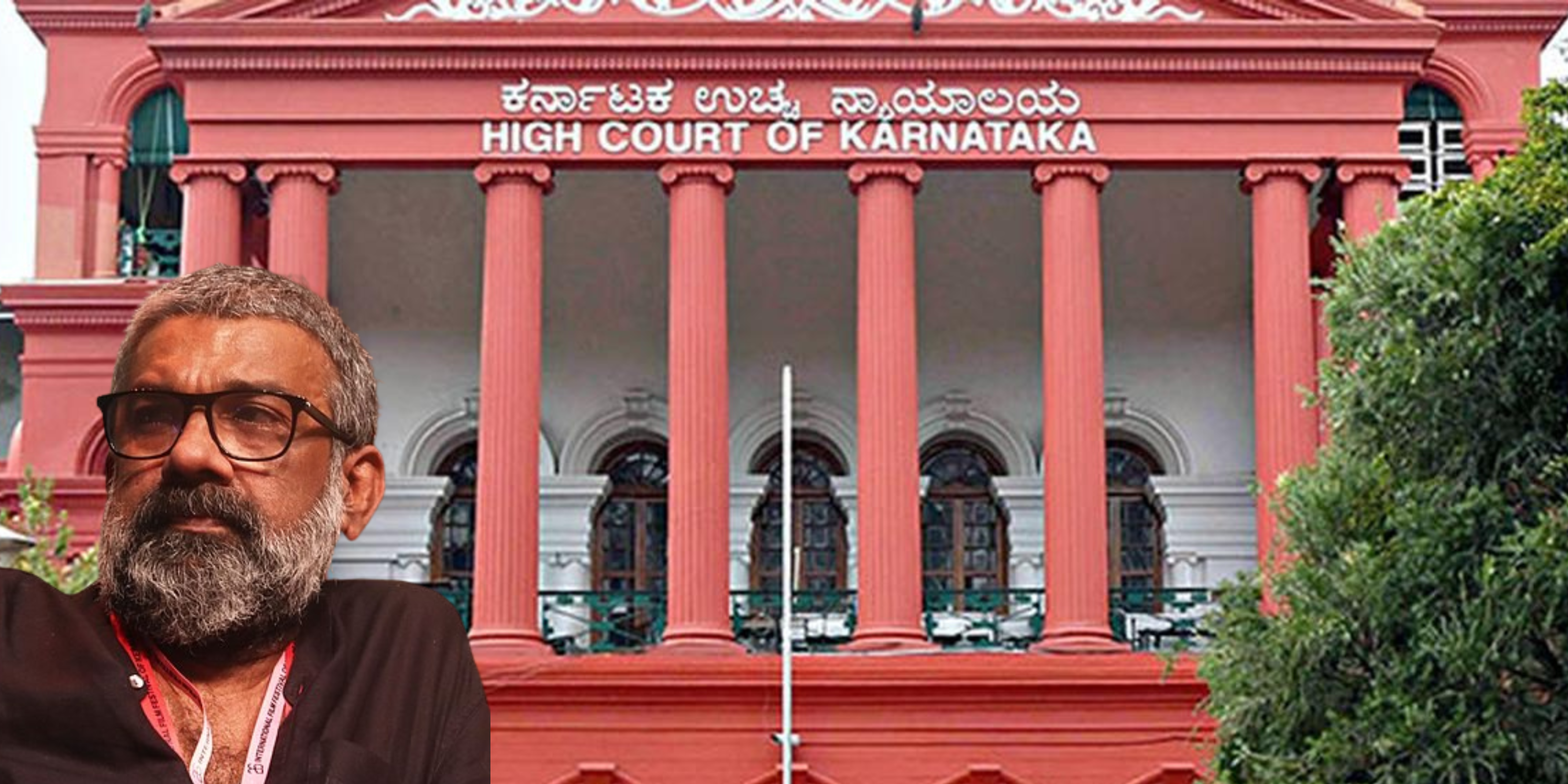

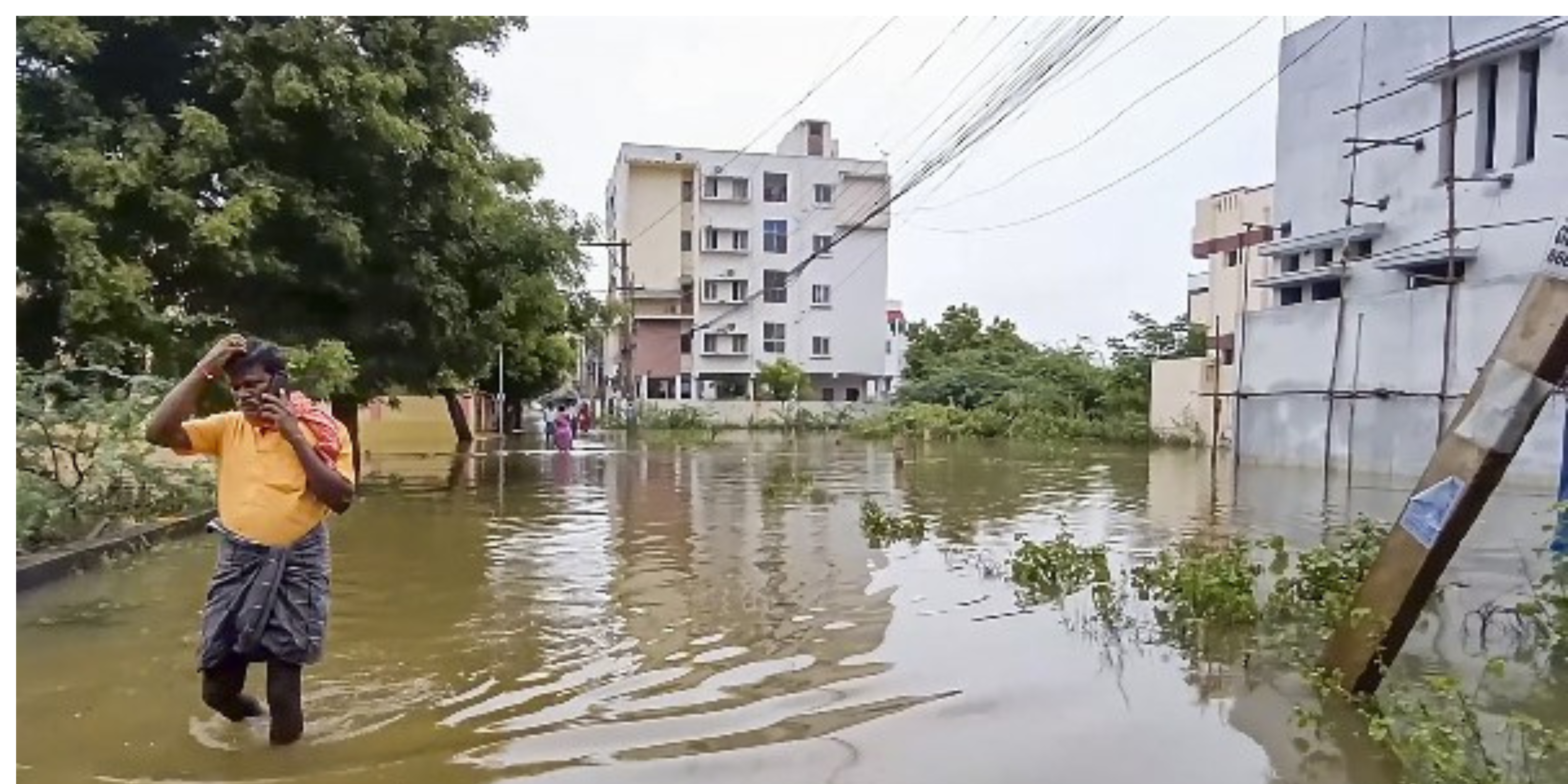
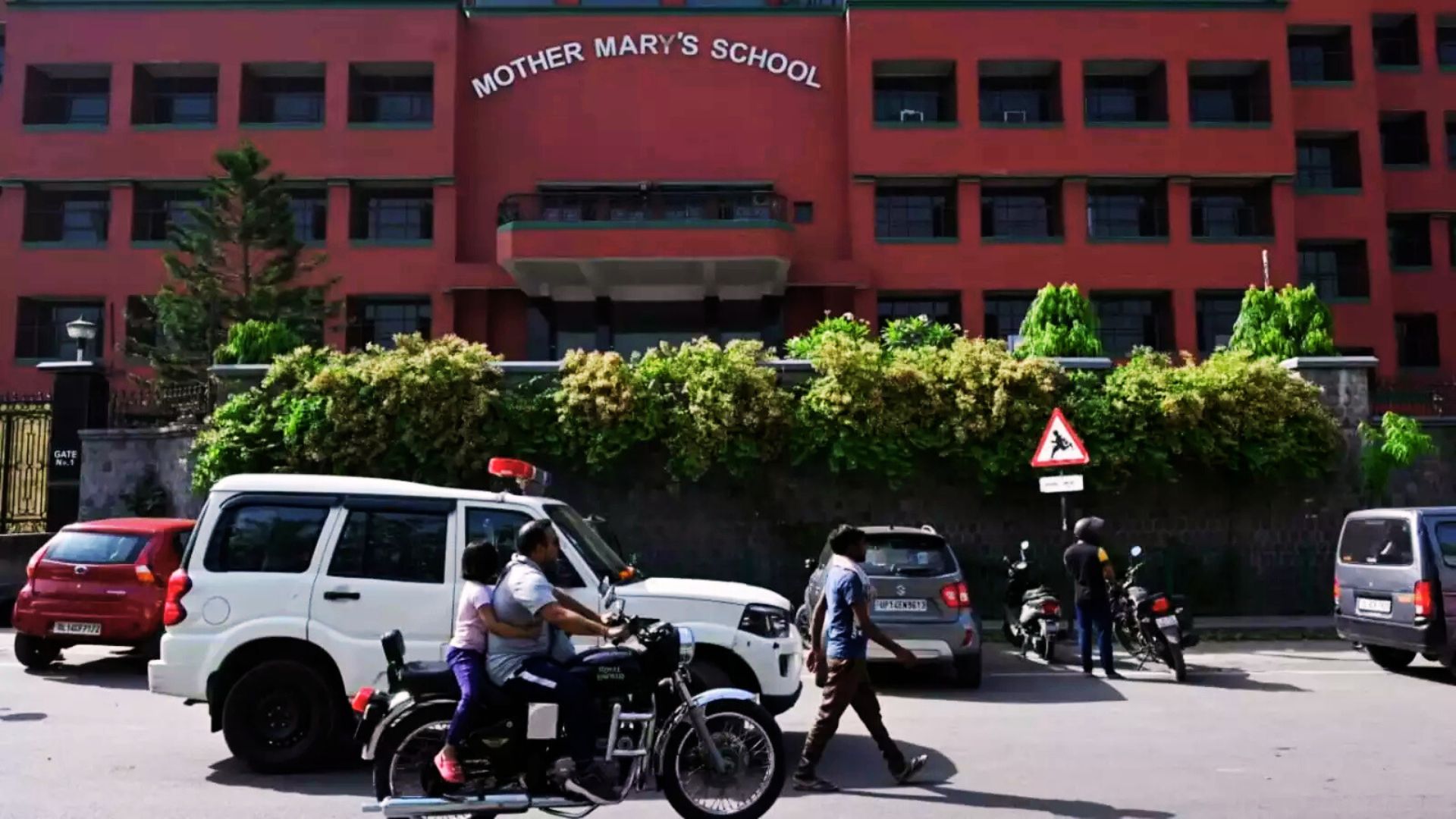
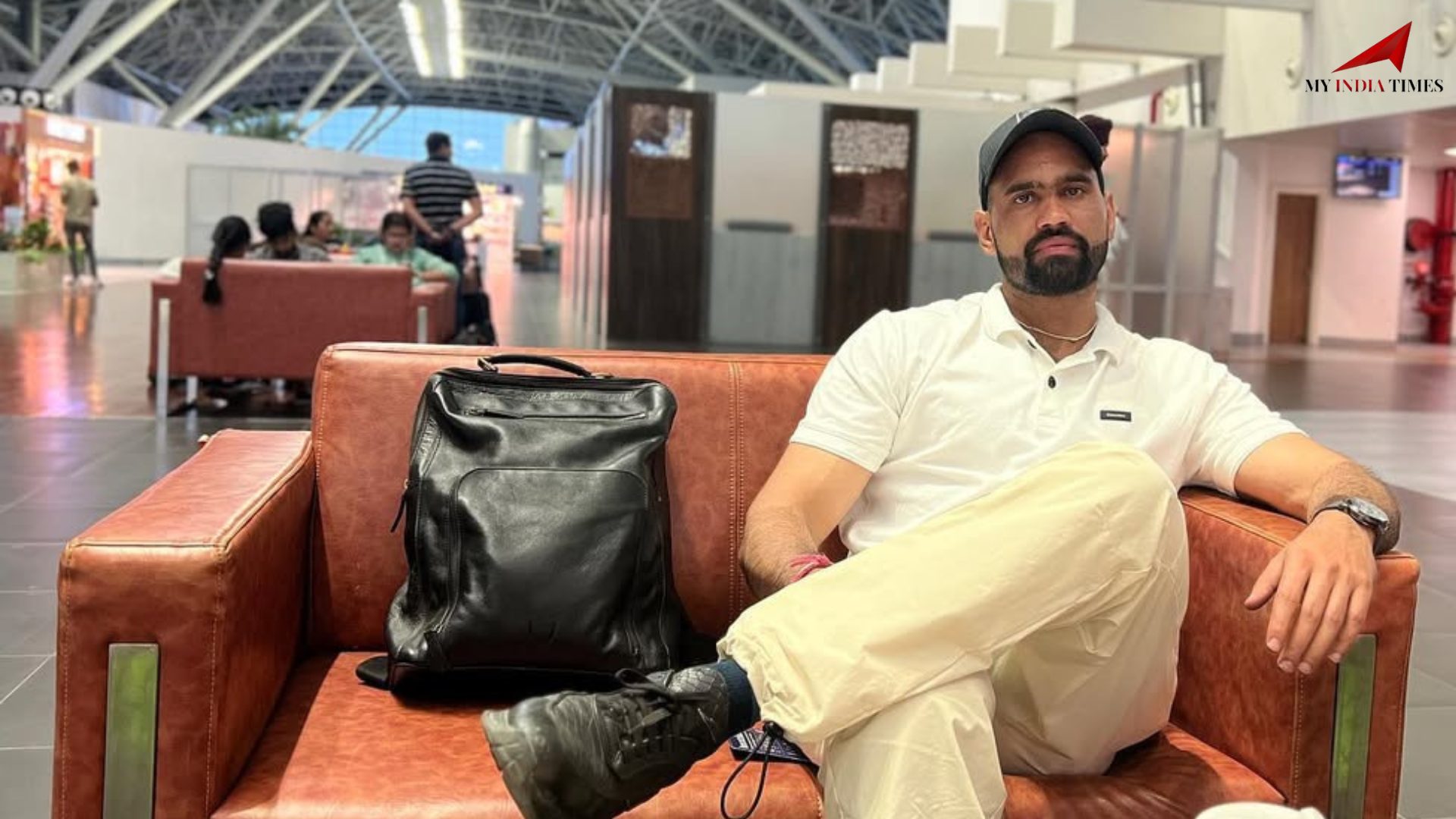
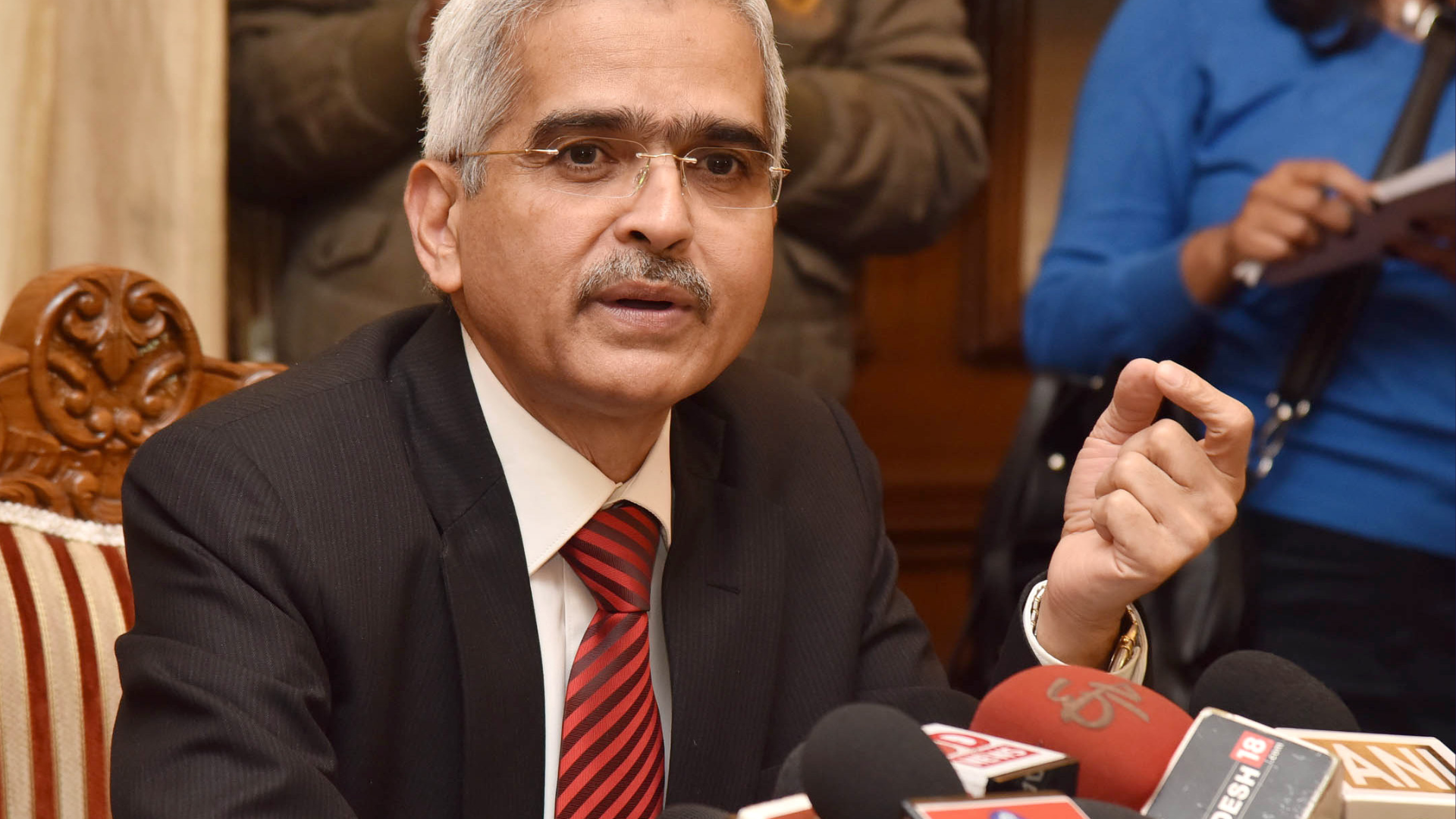
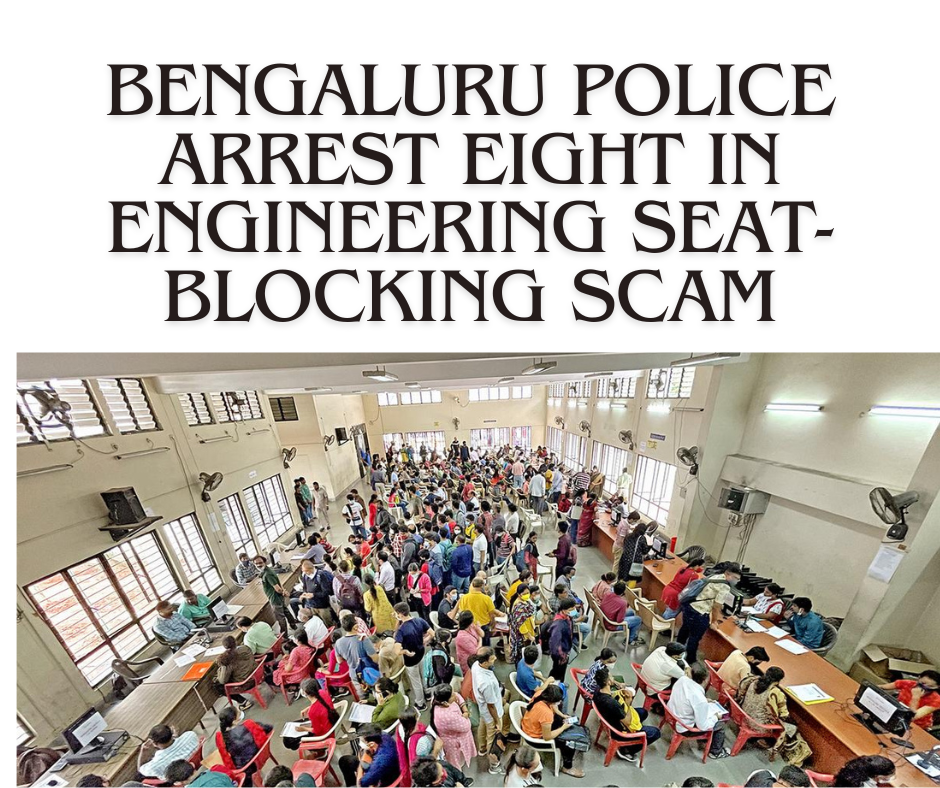


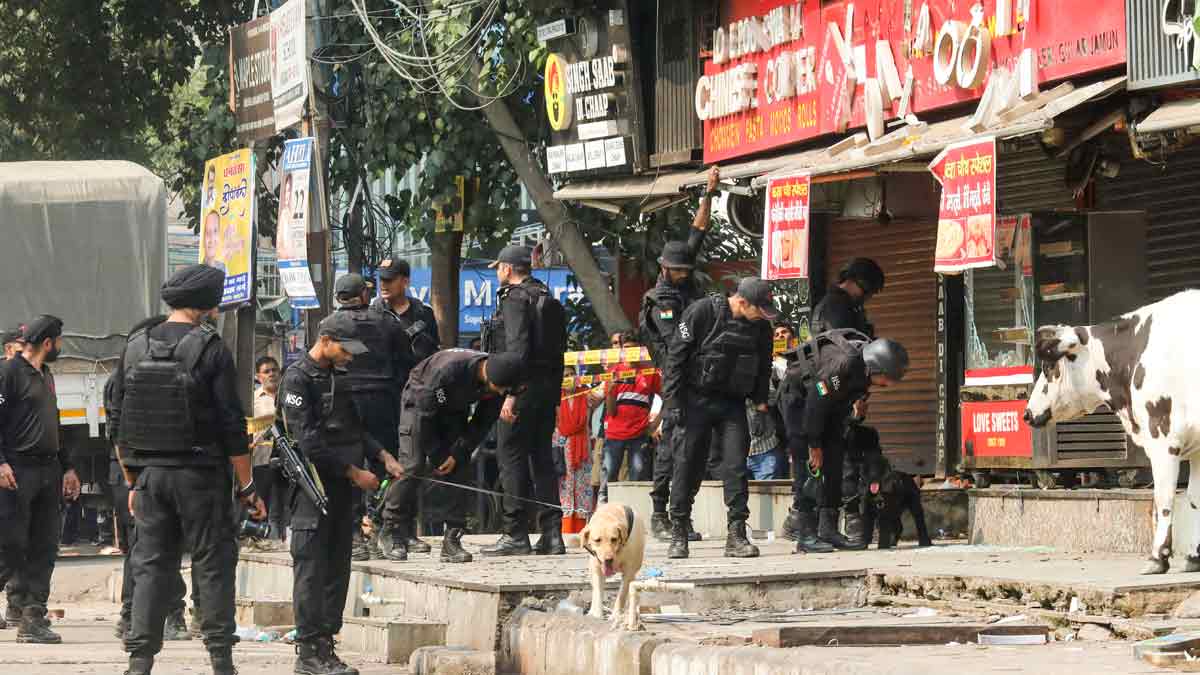
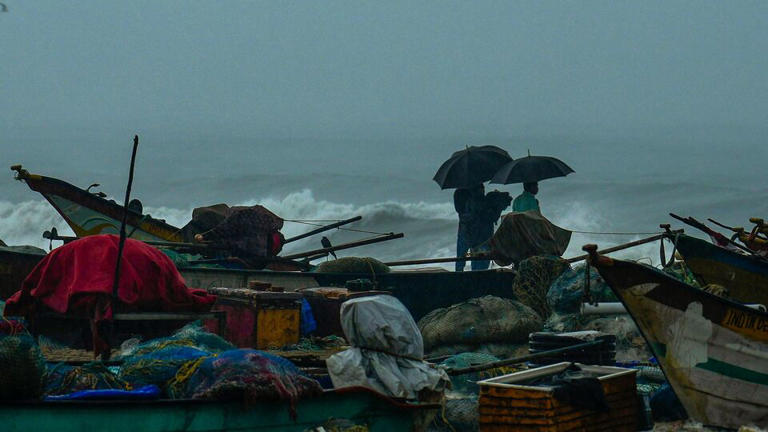


.png)
 (1).png)



